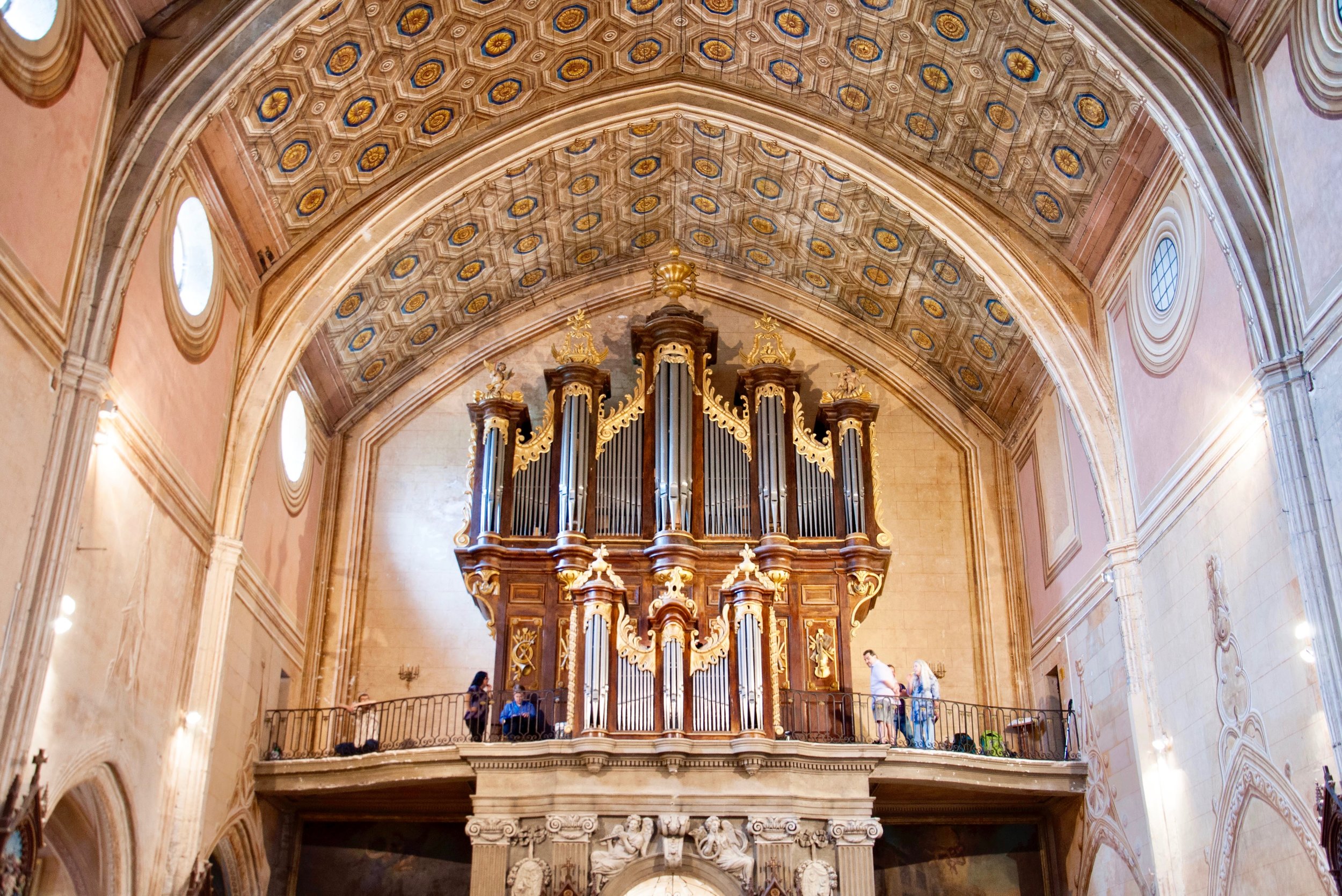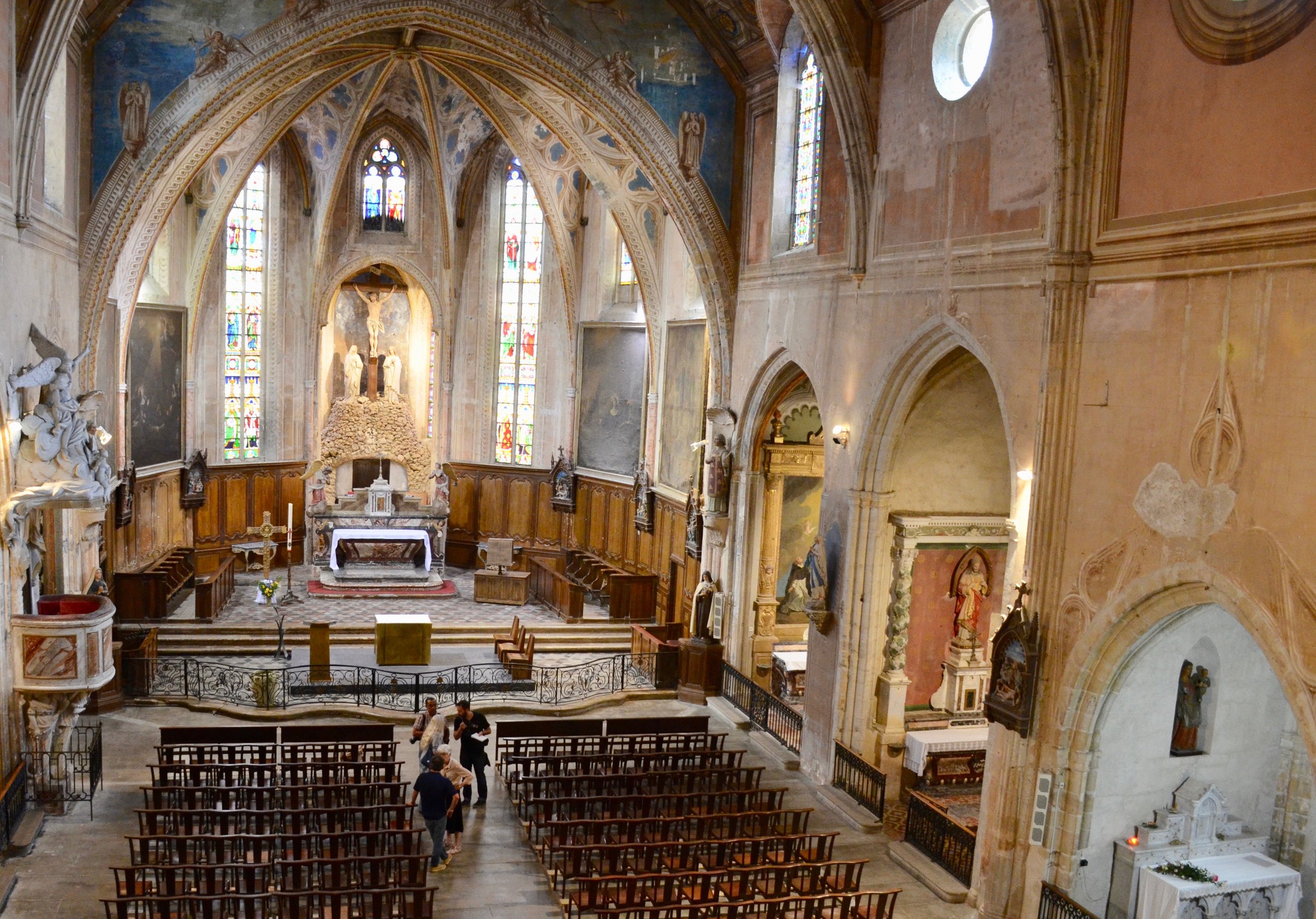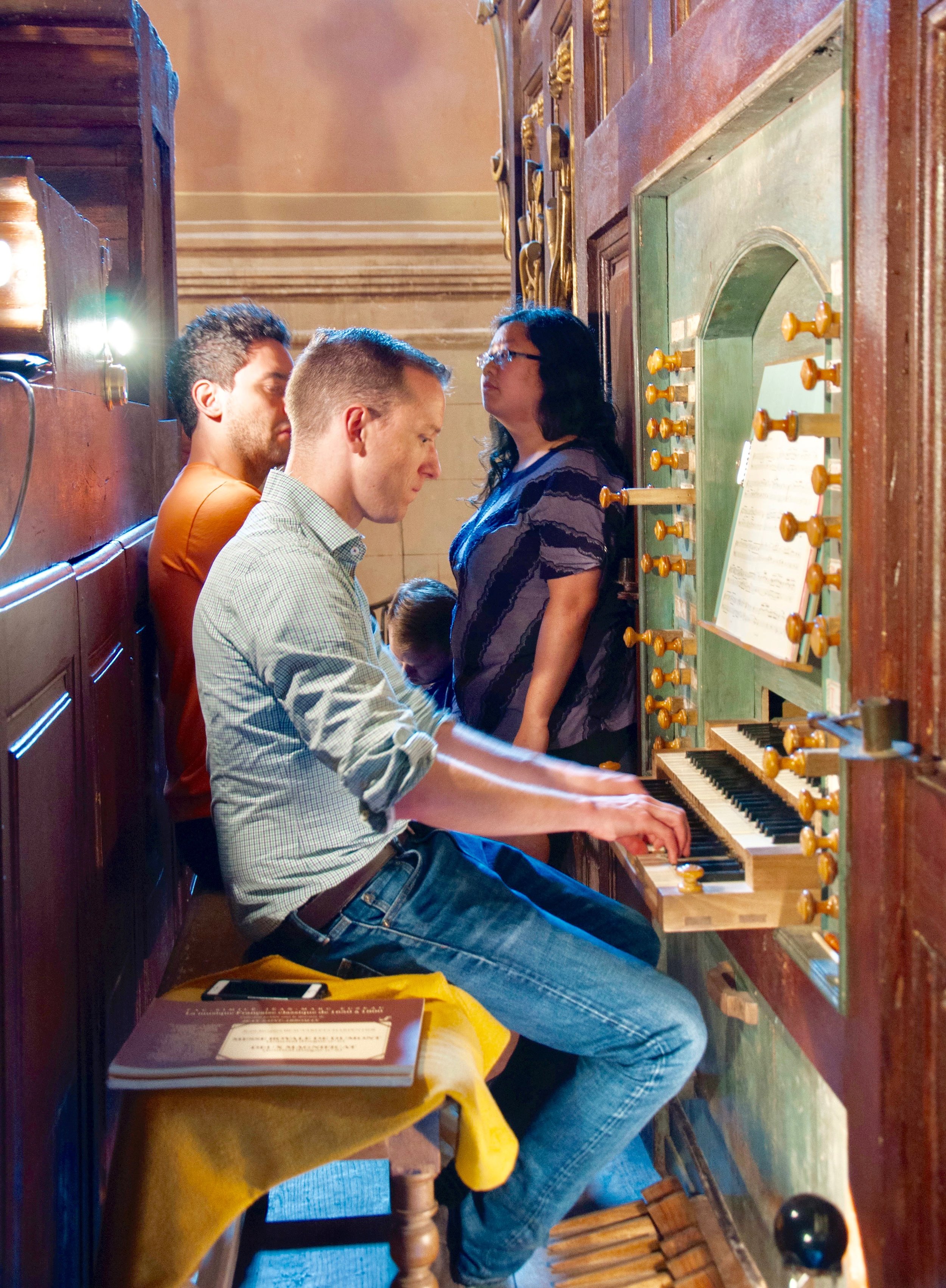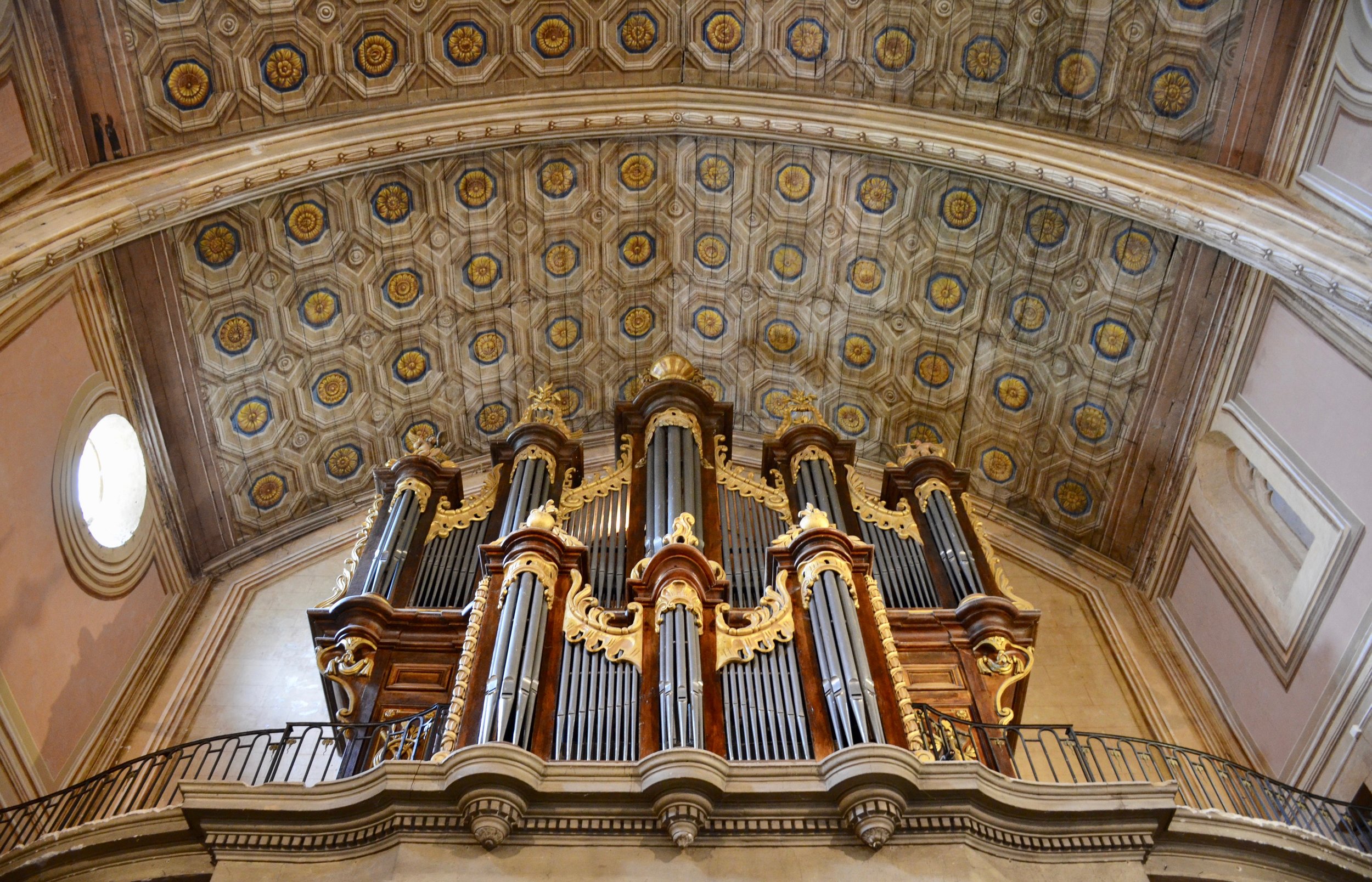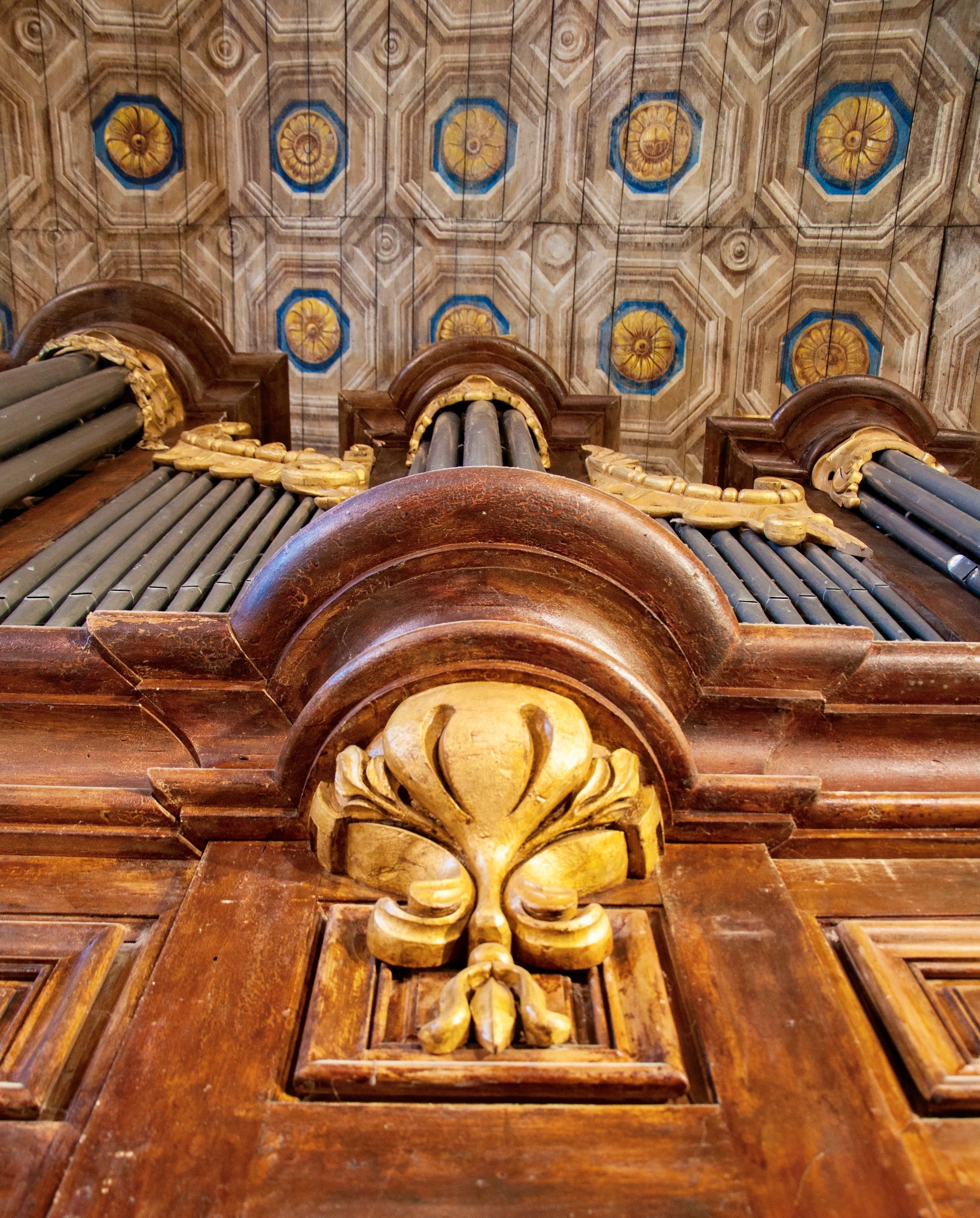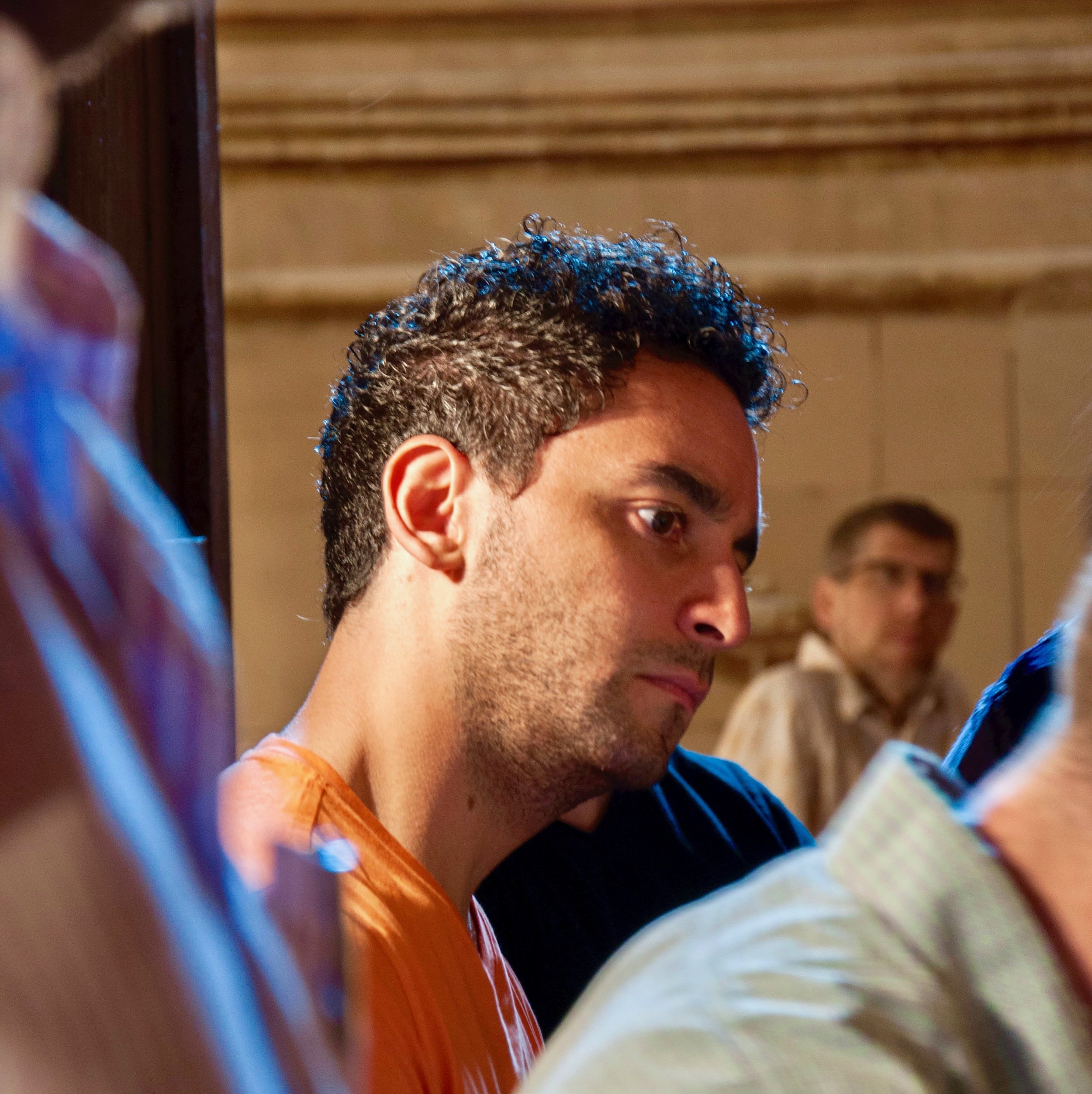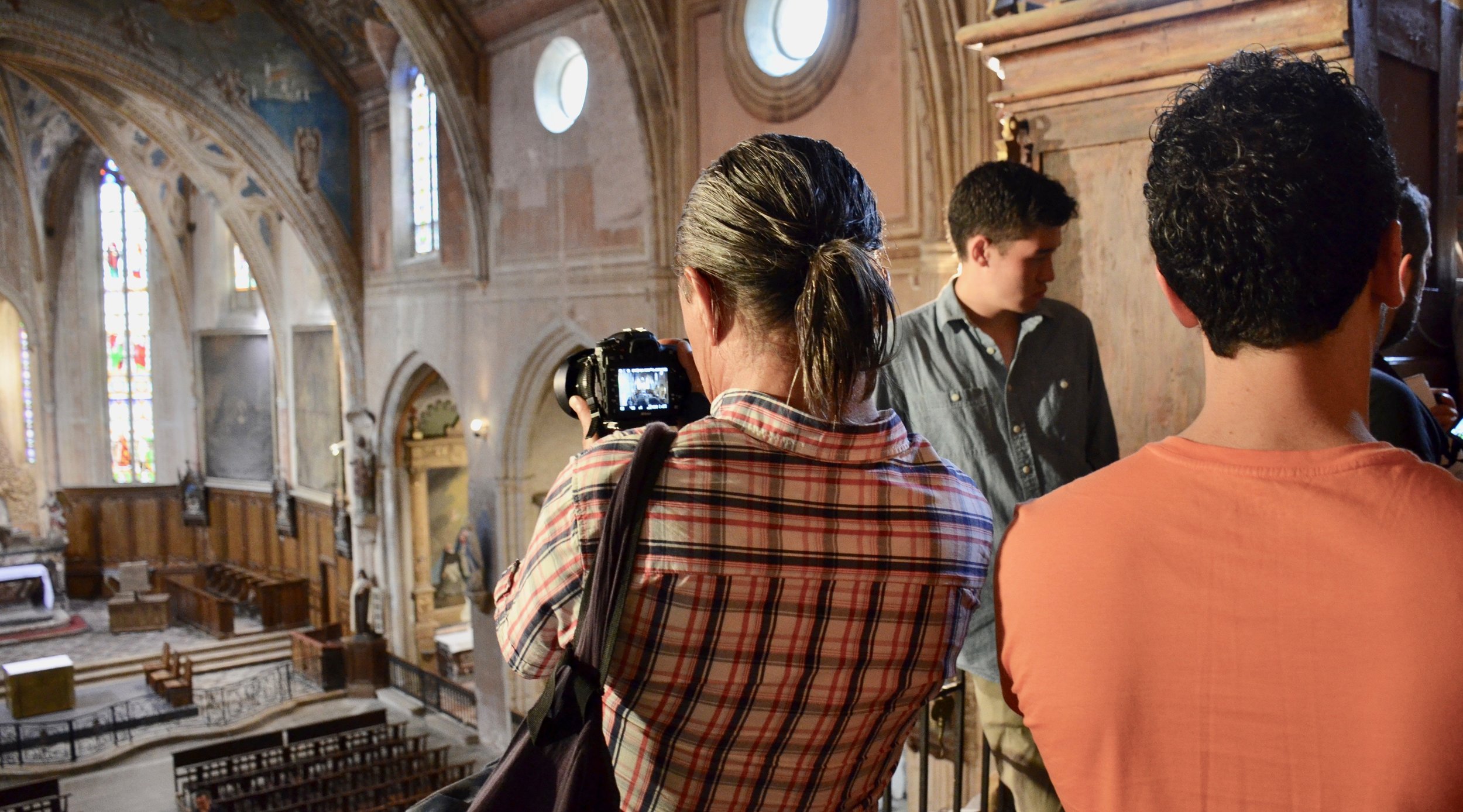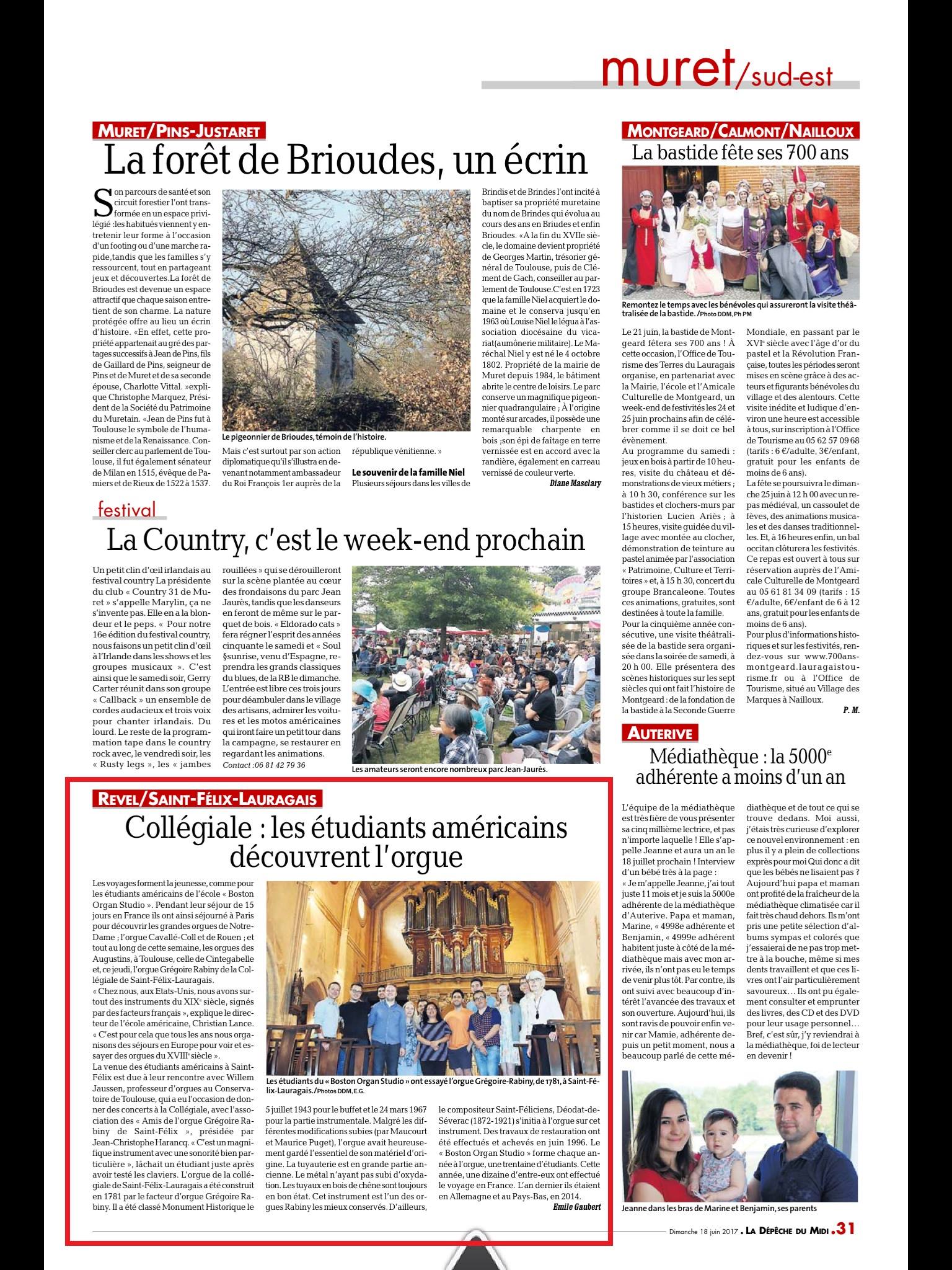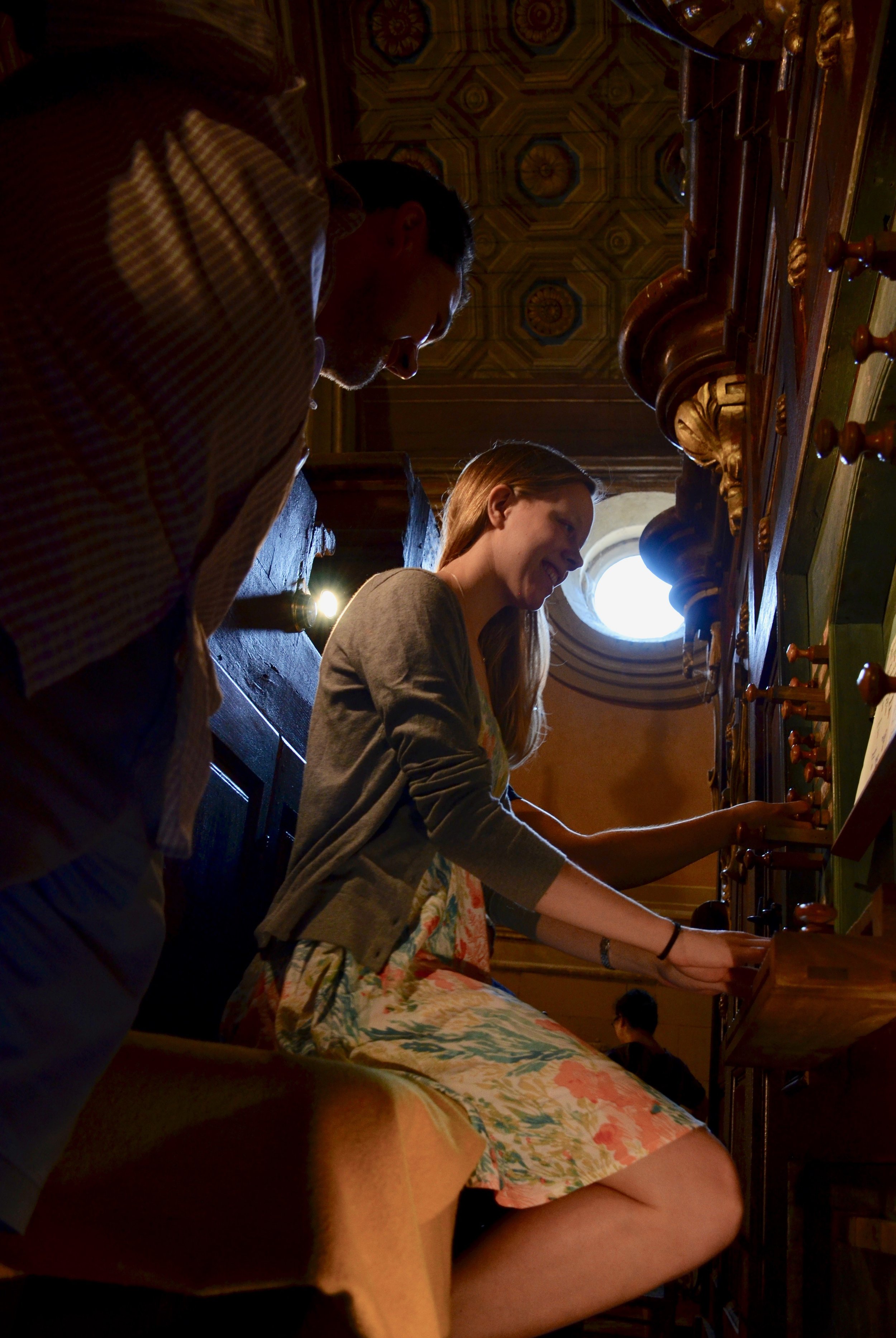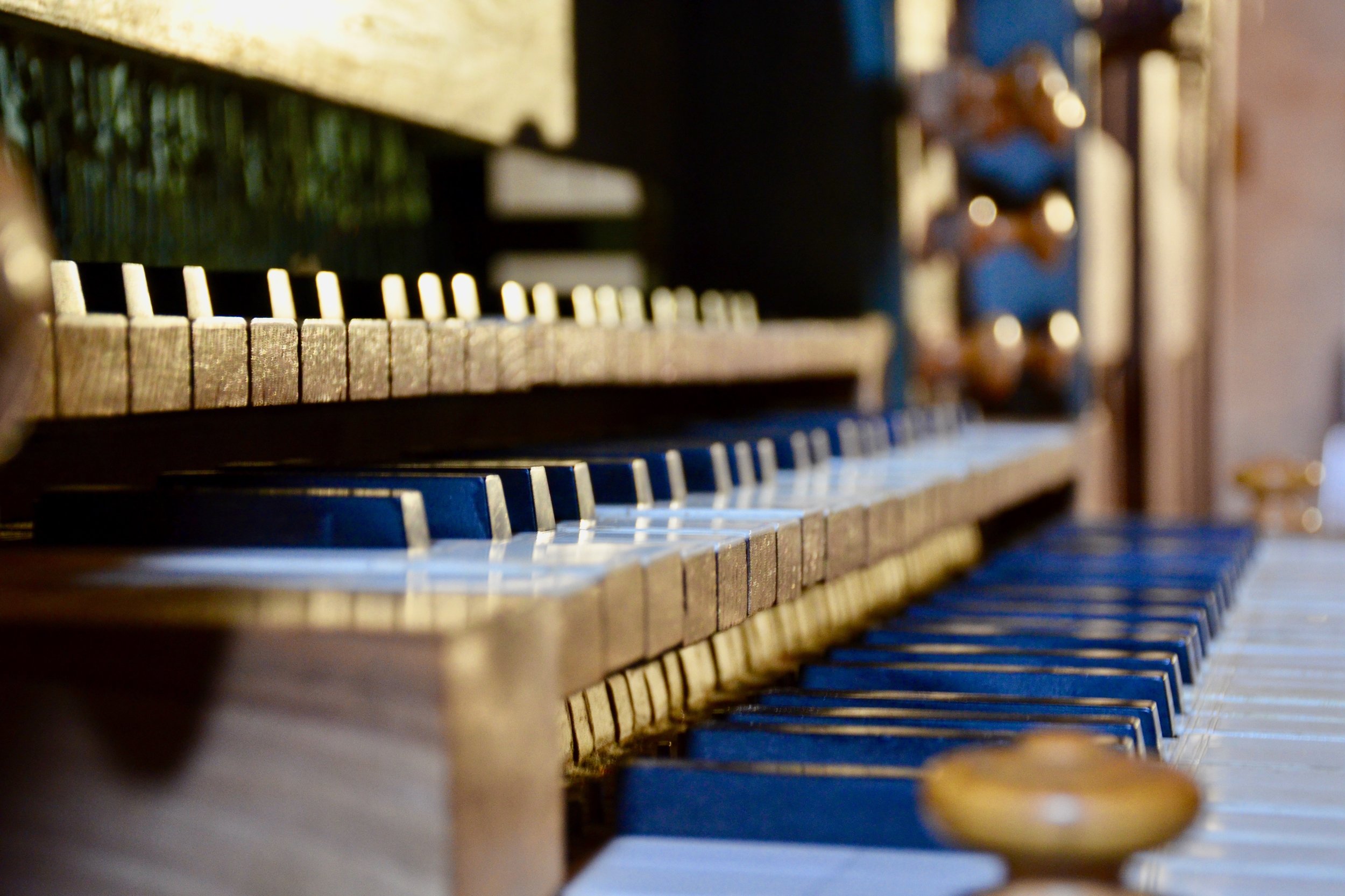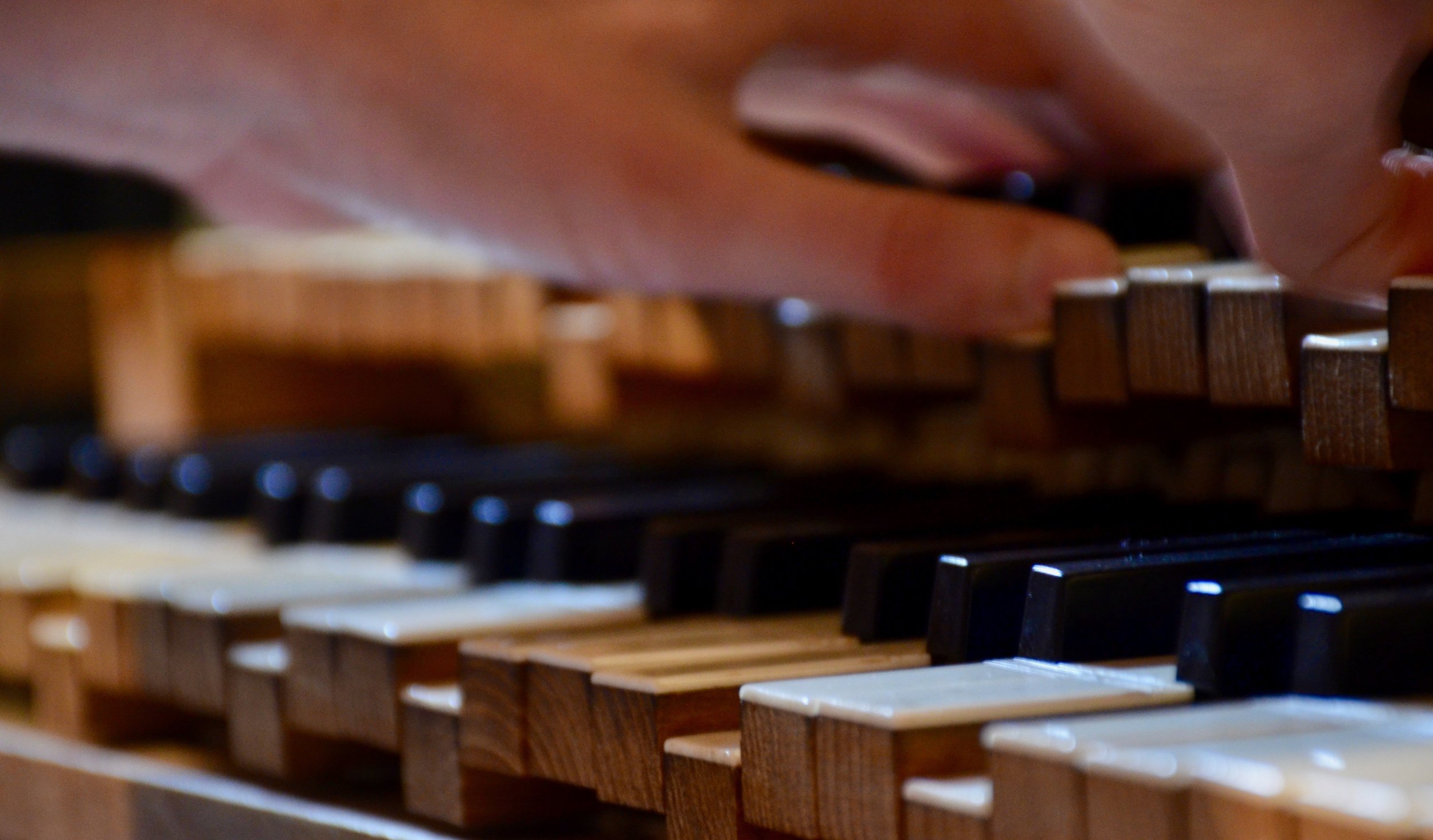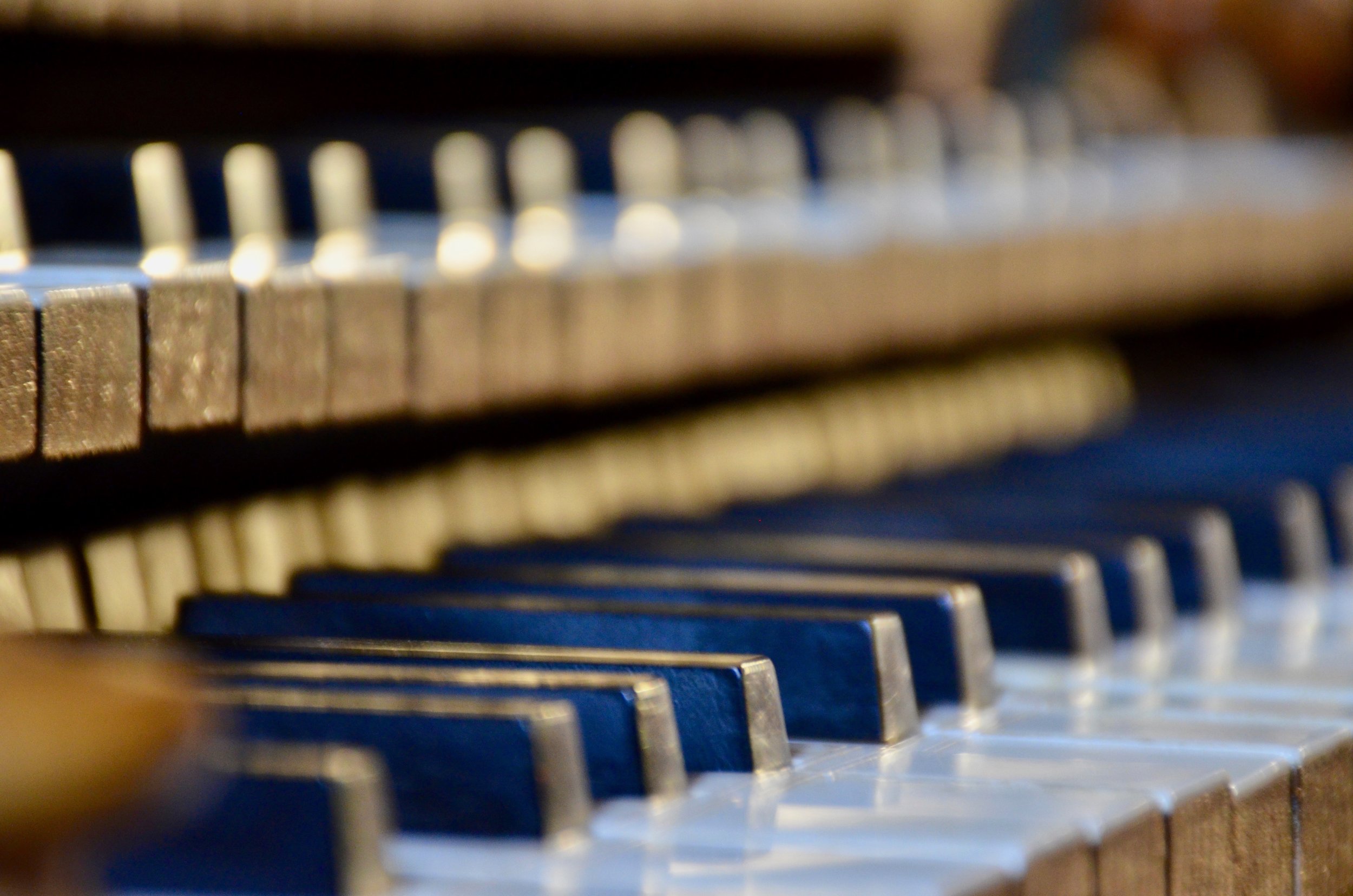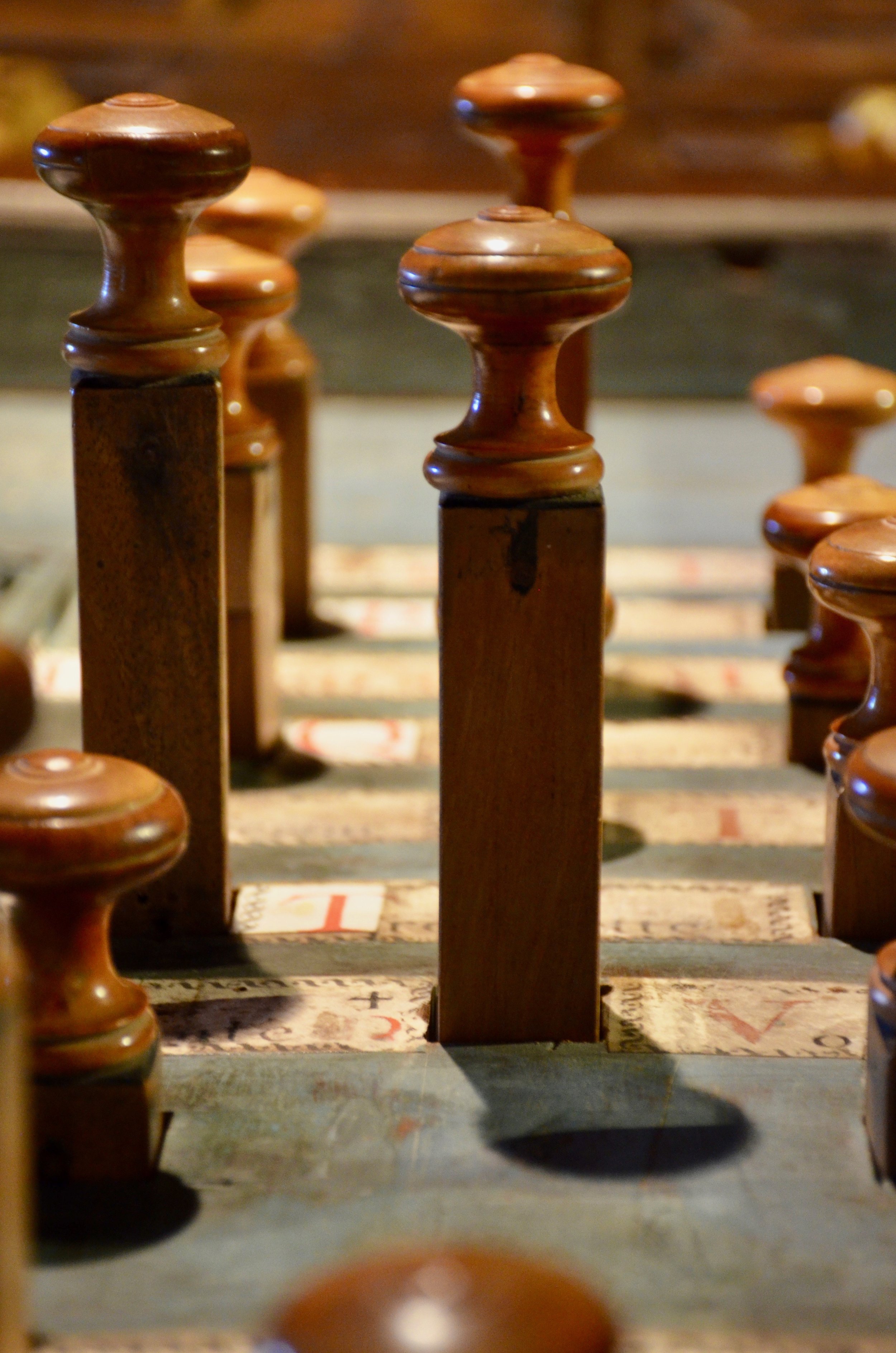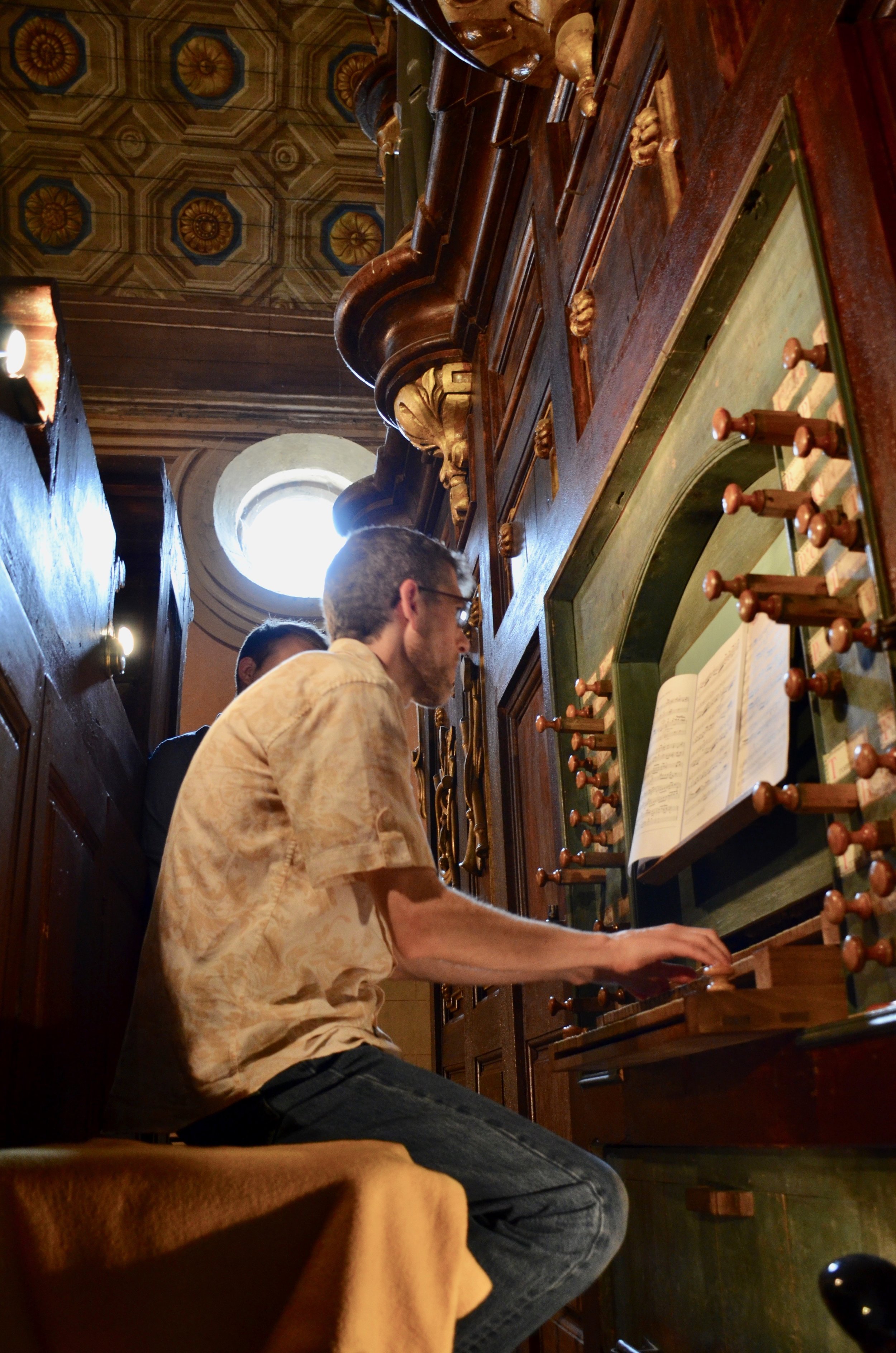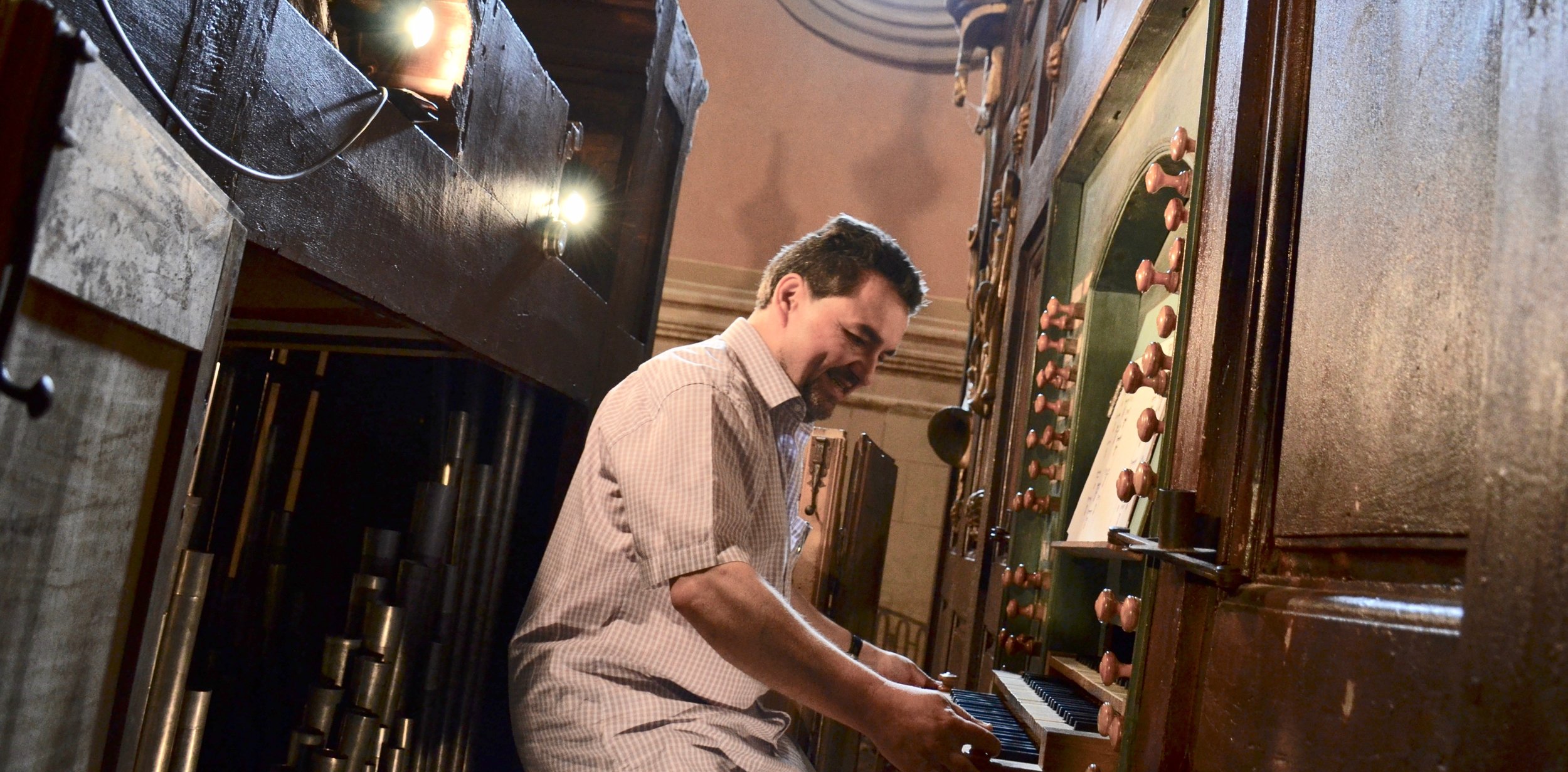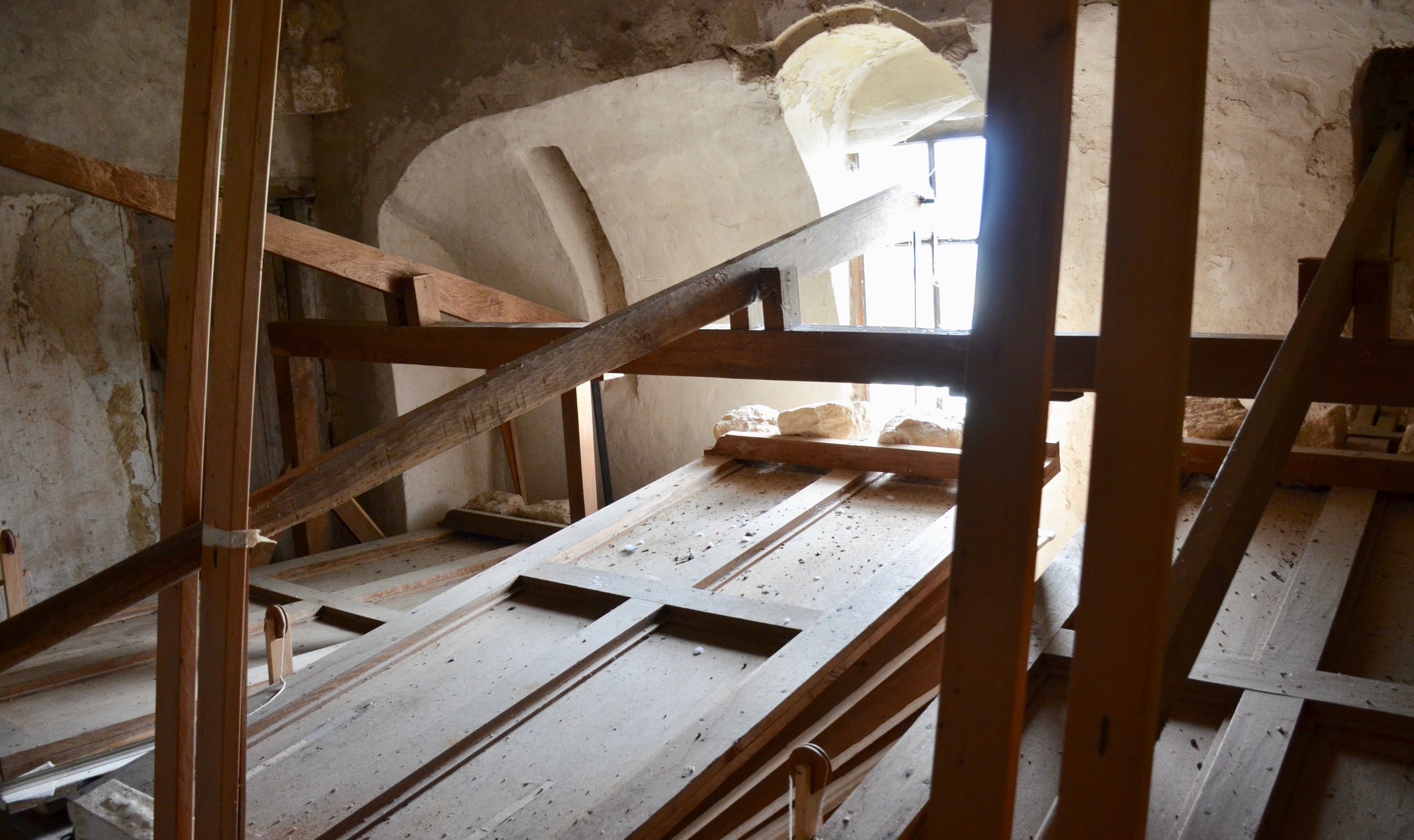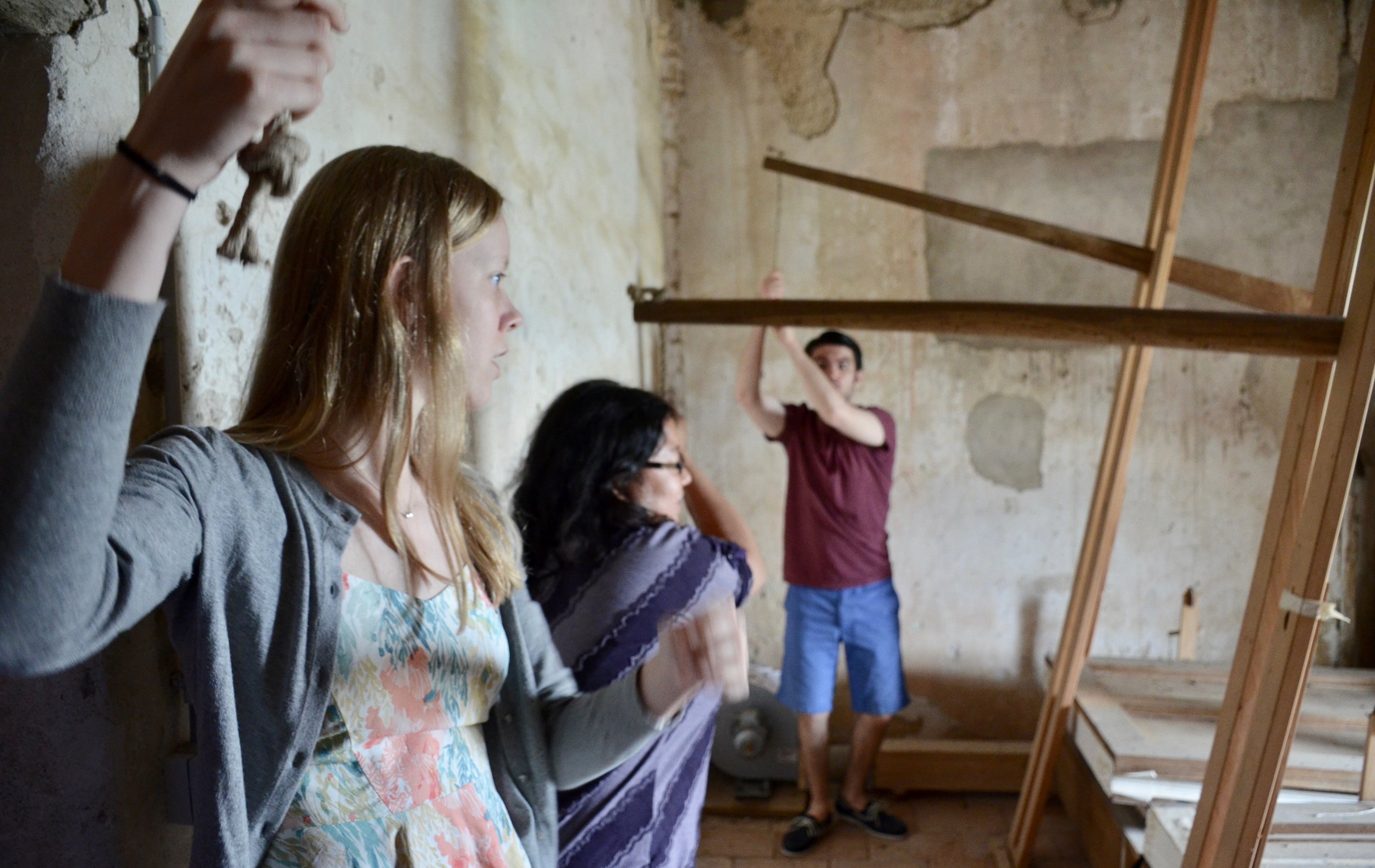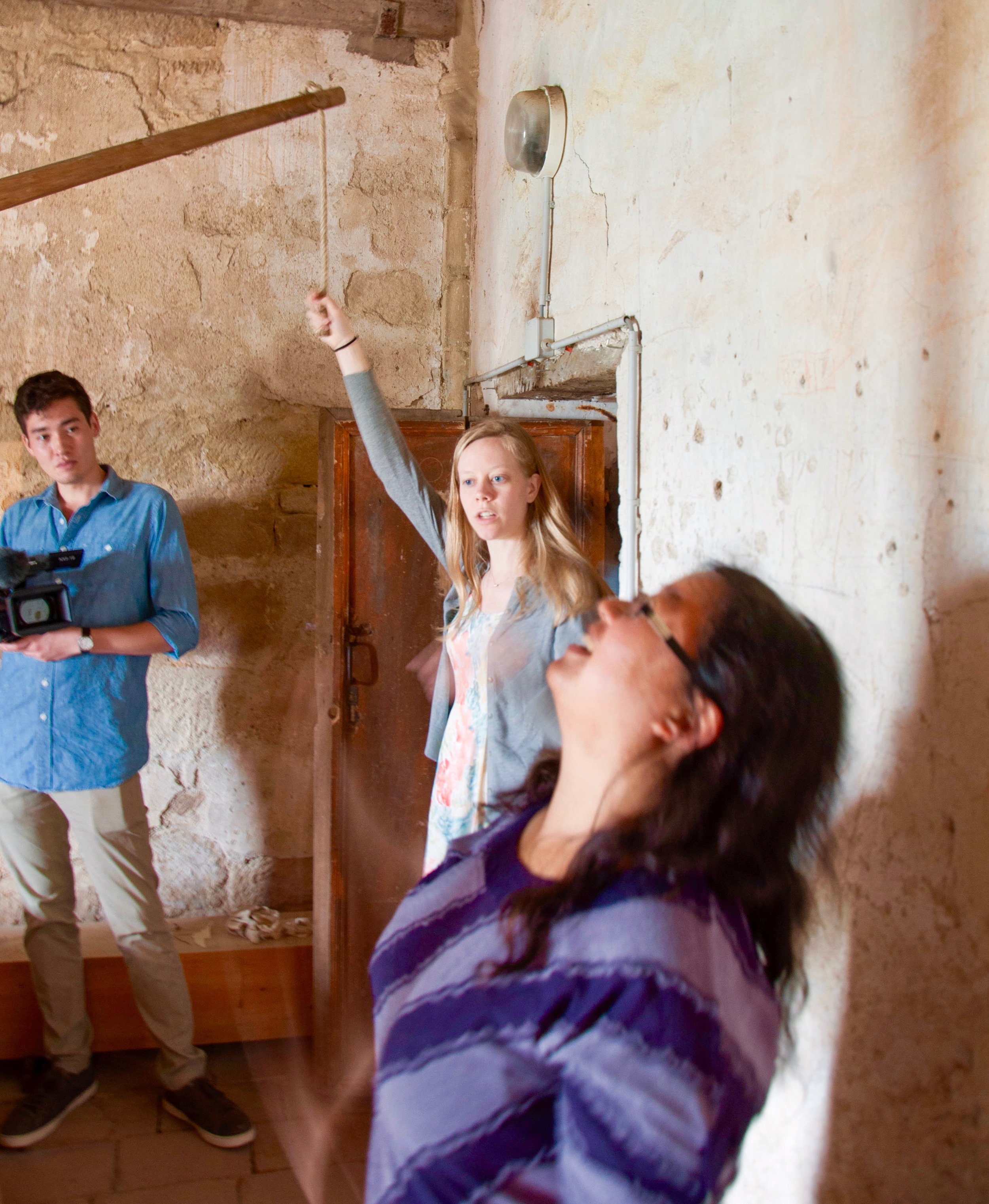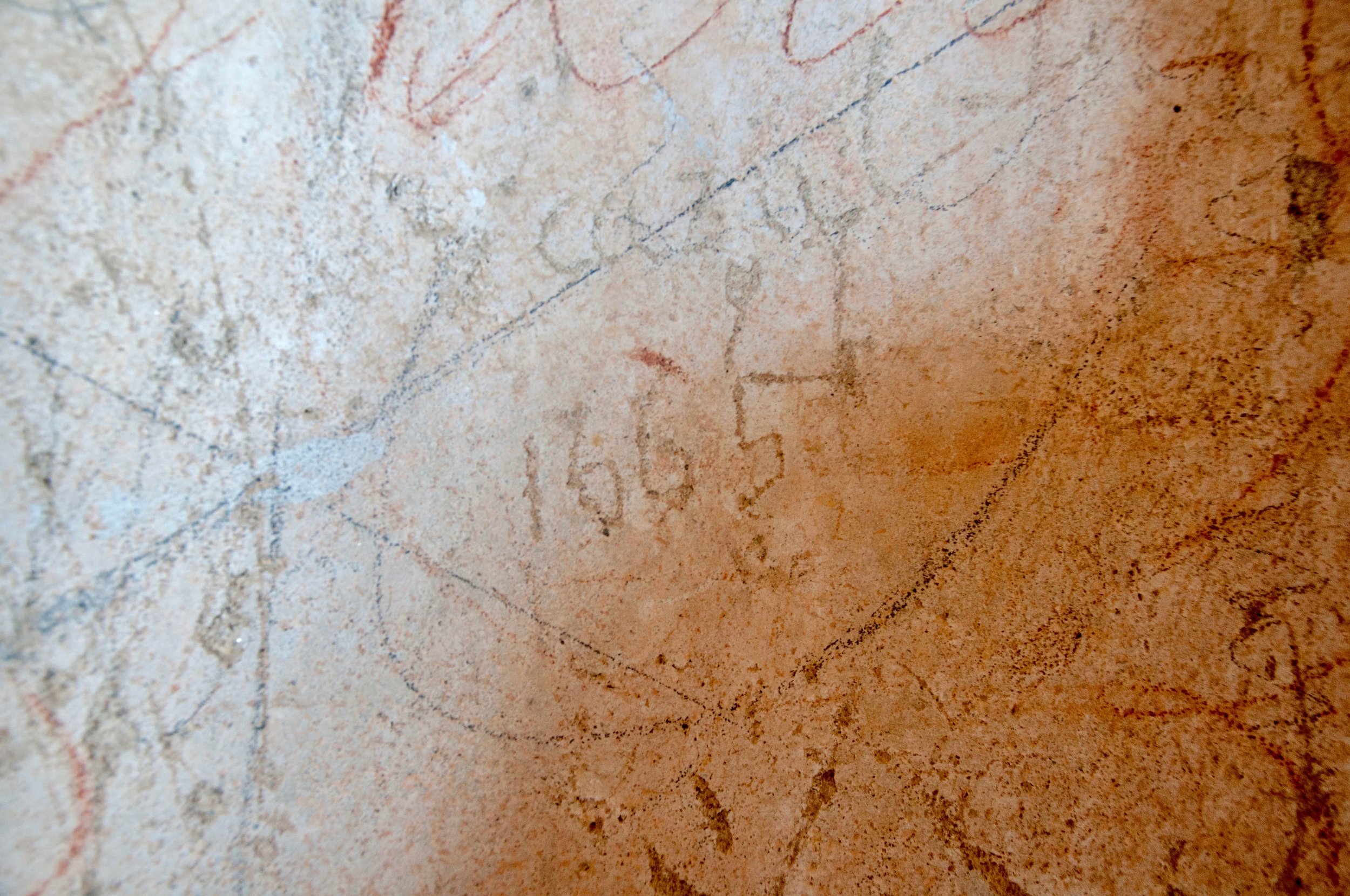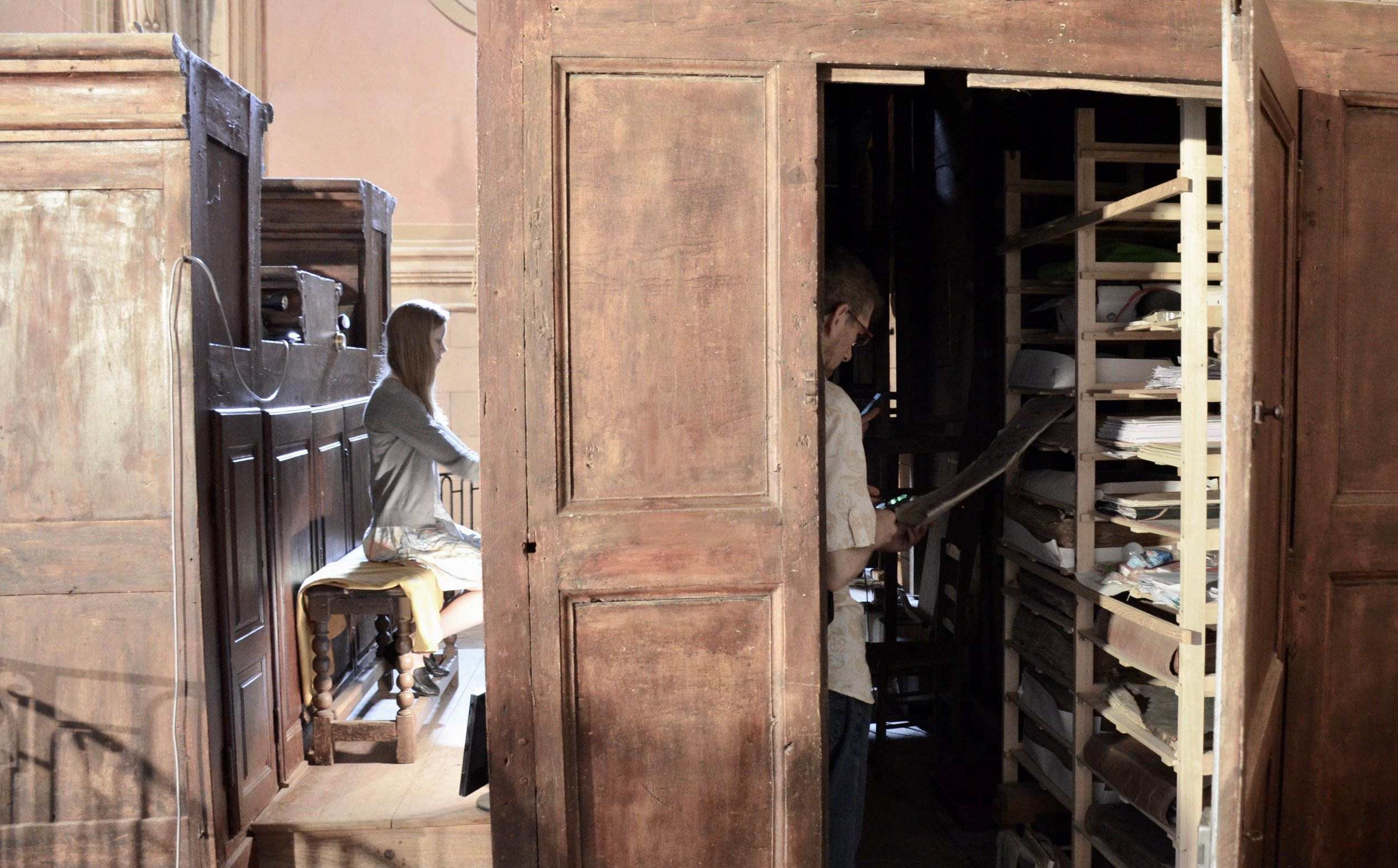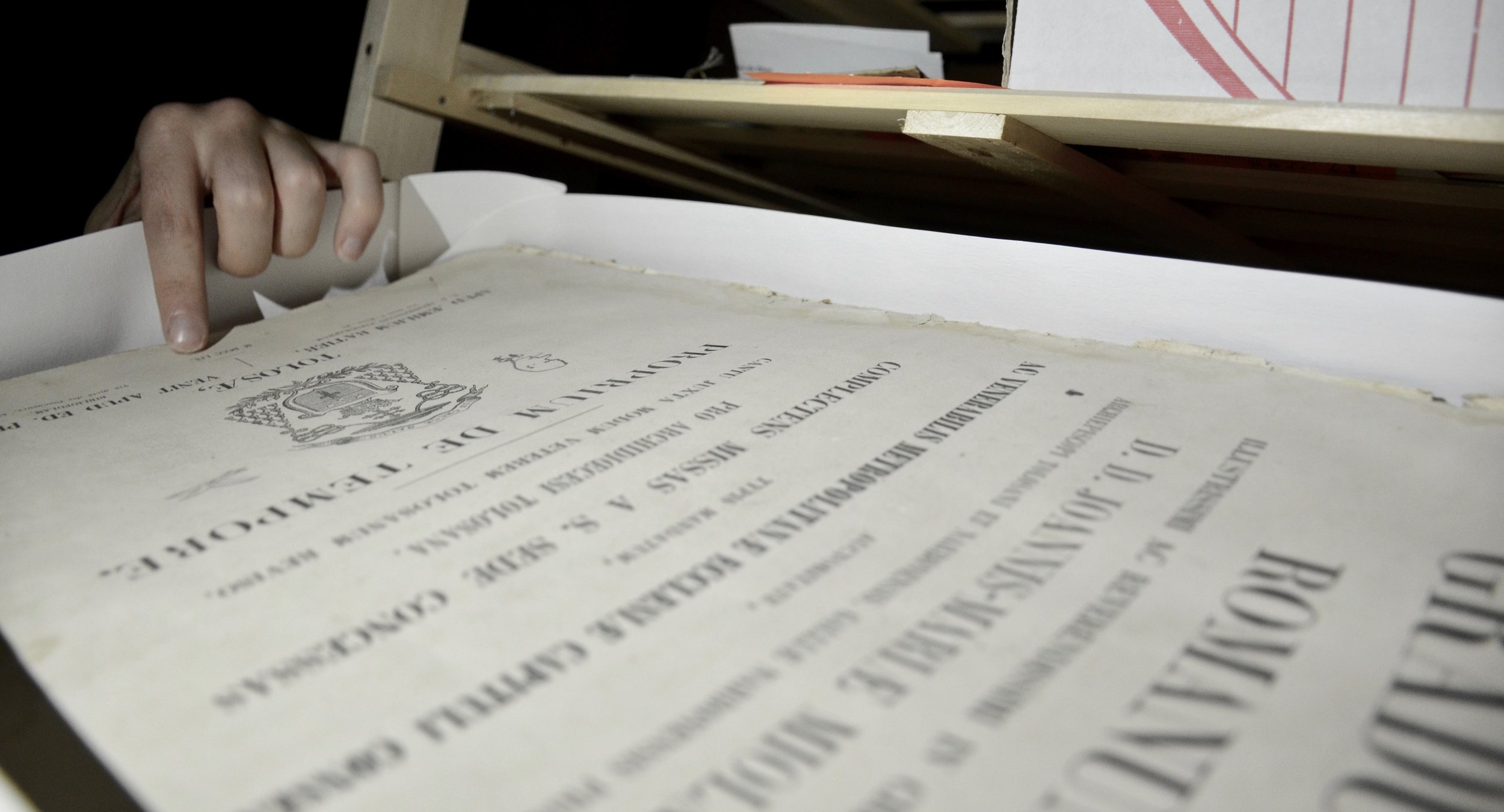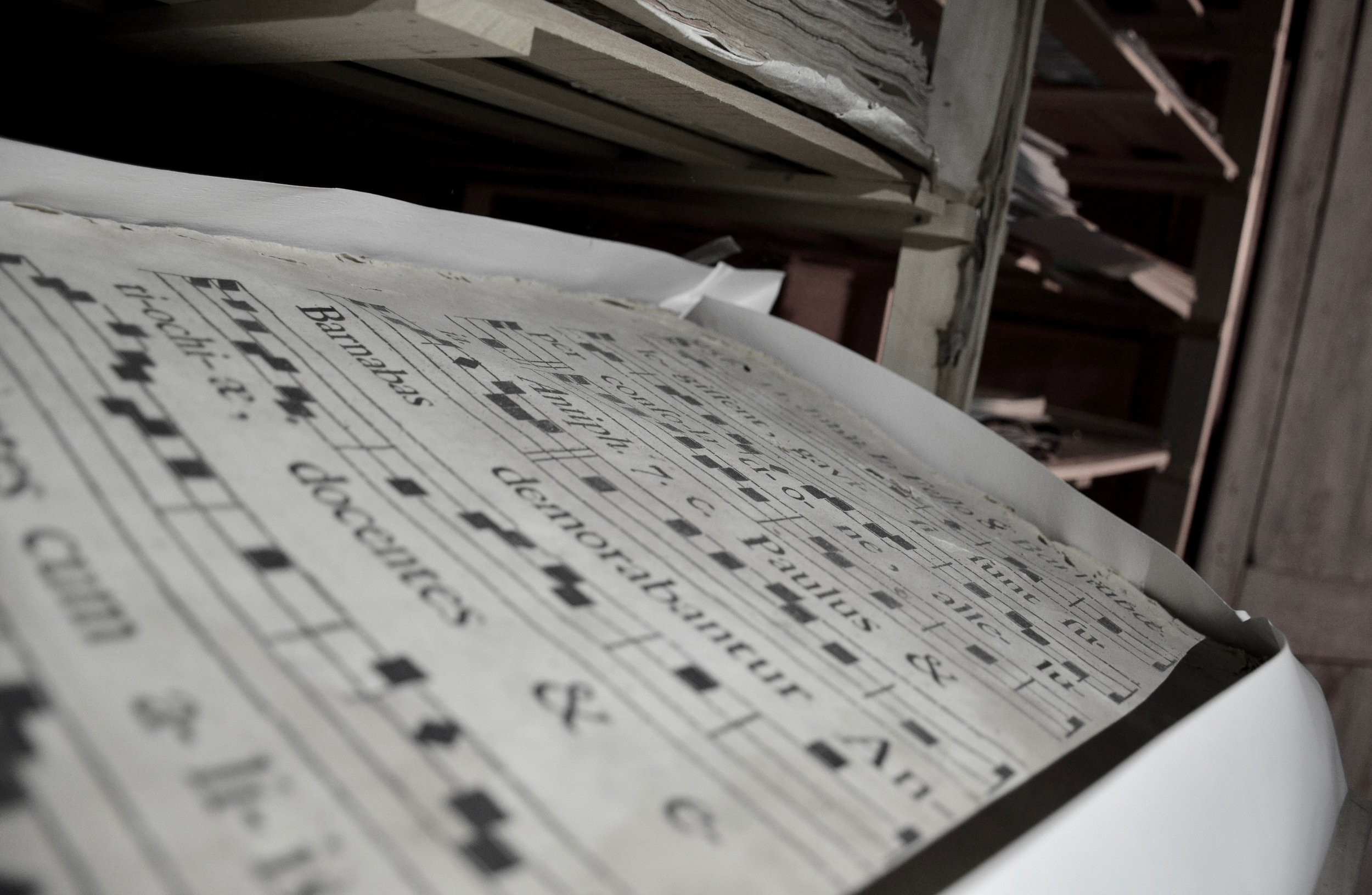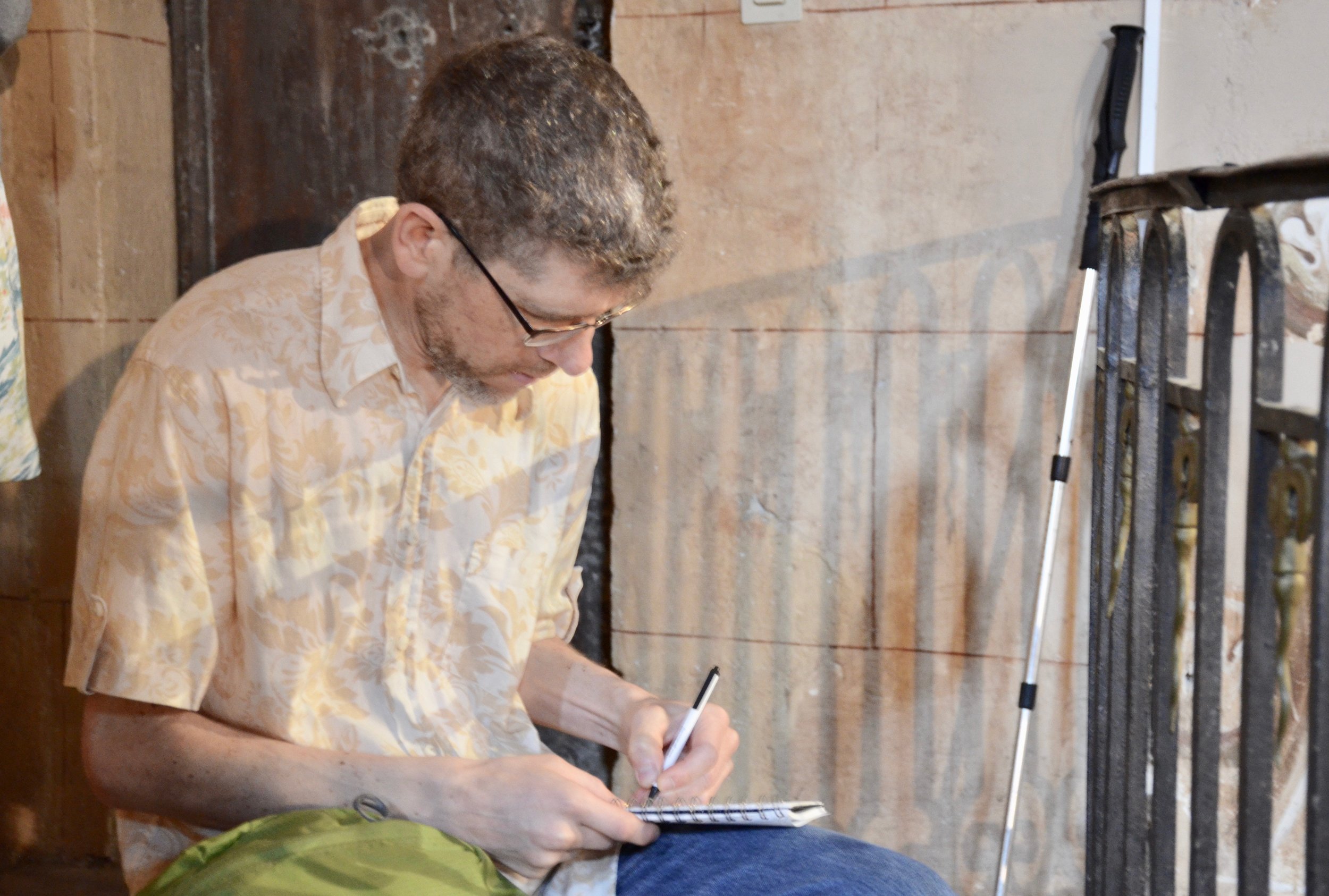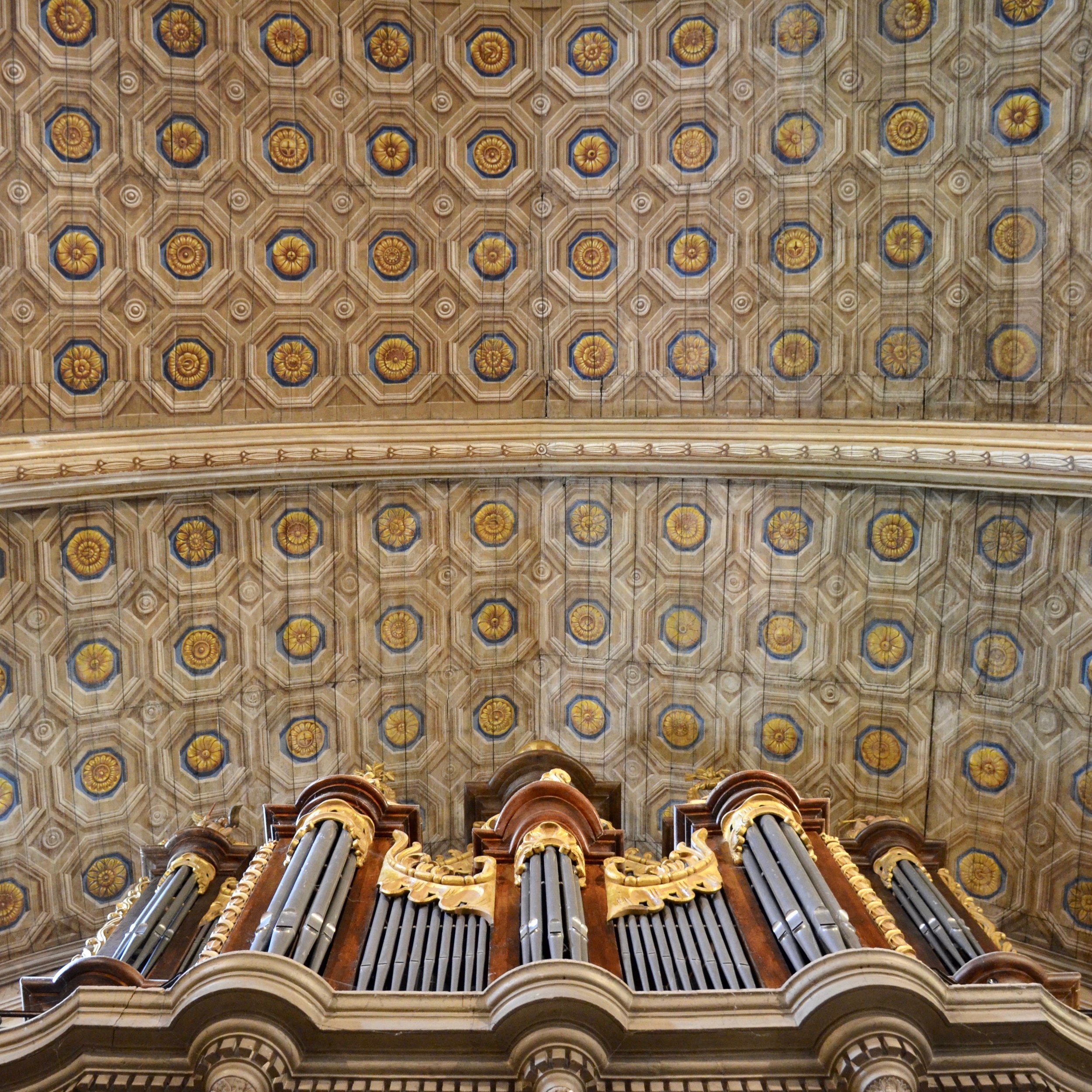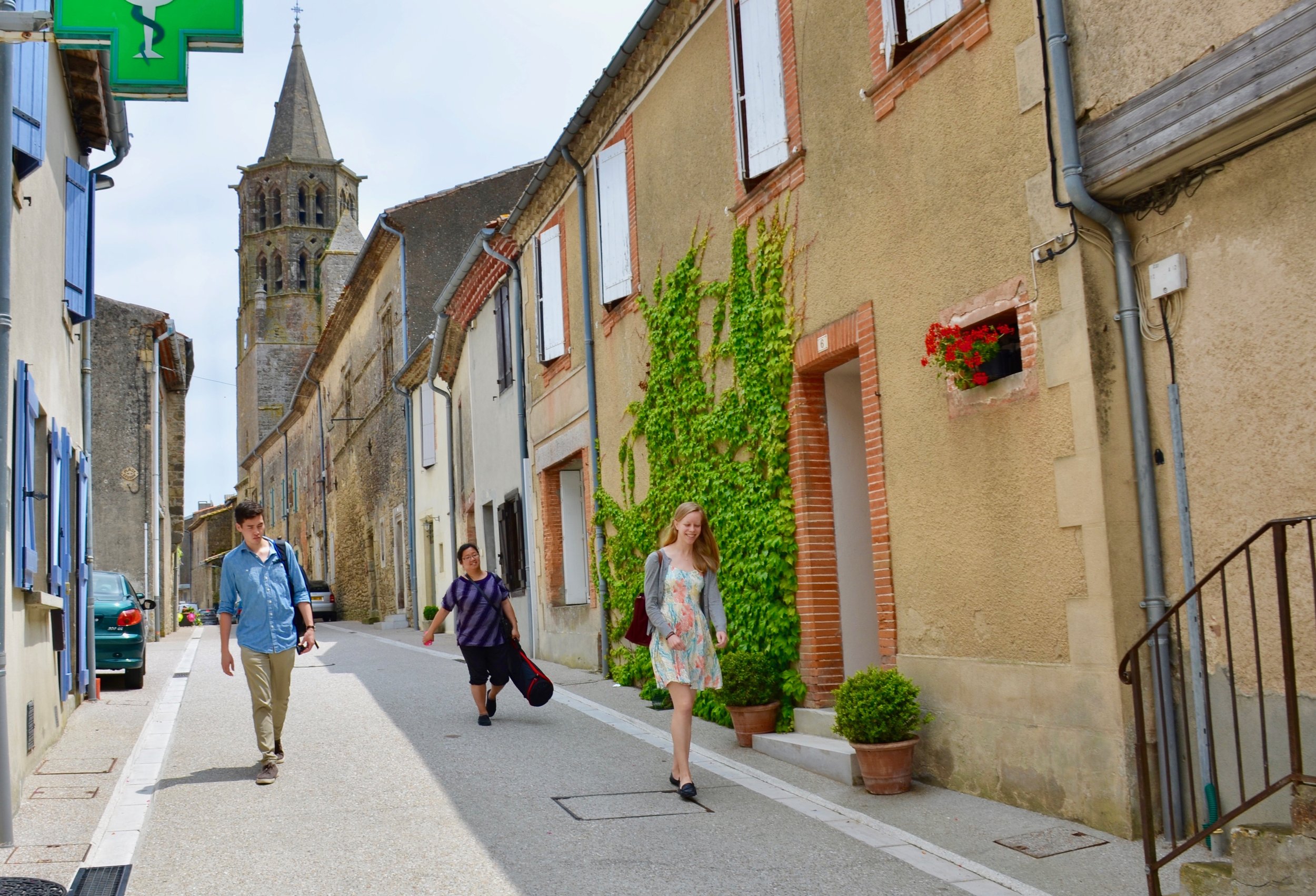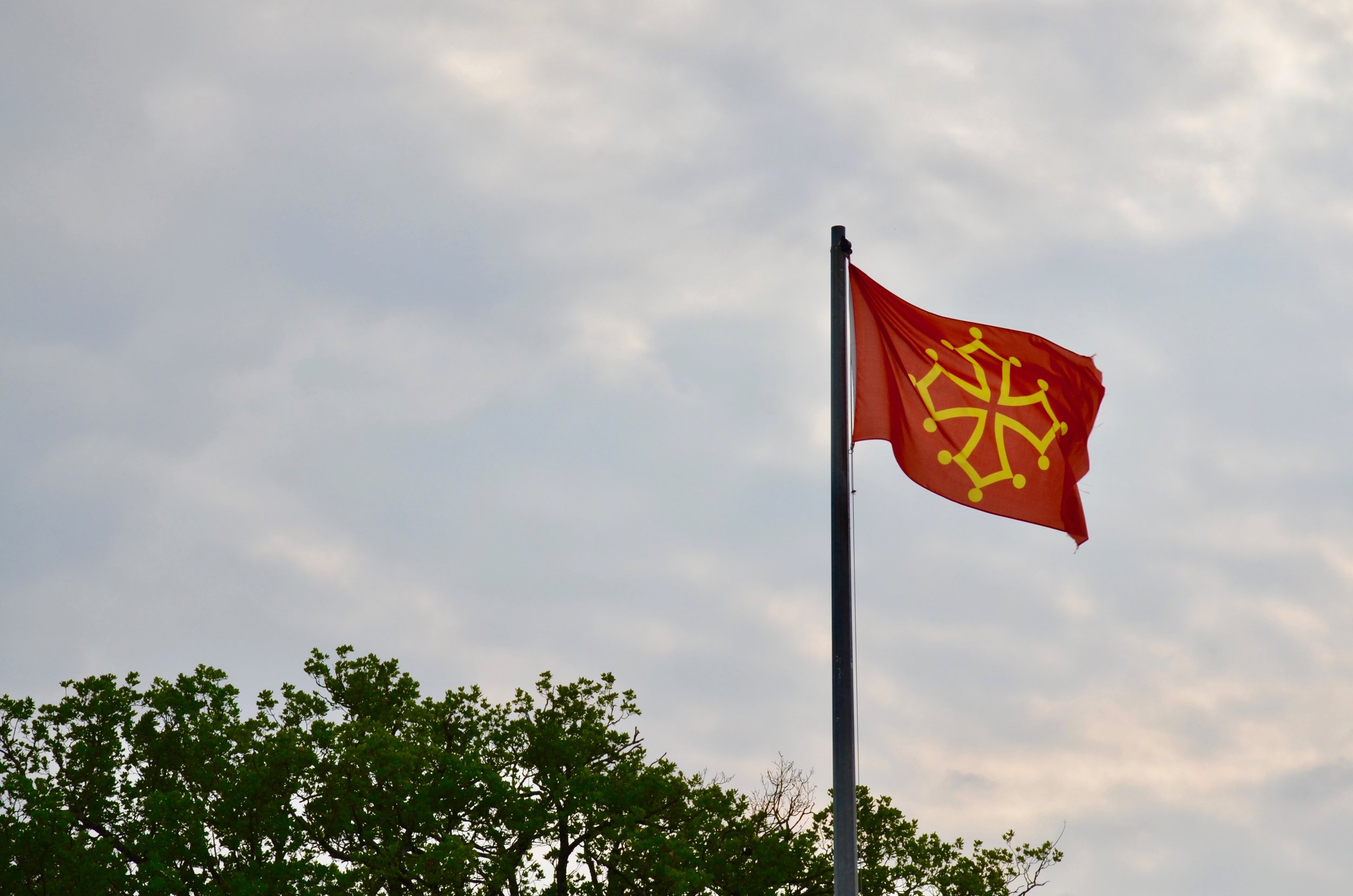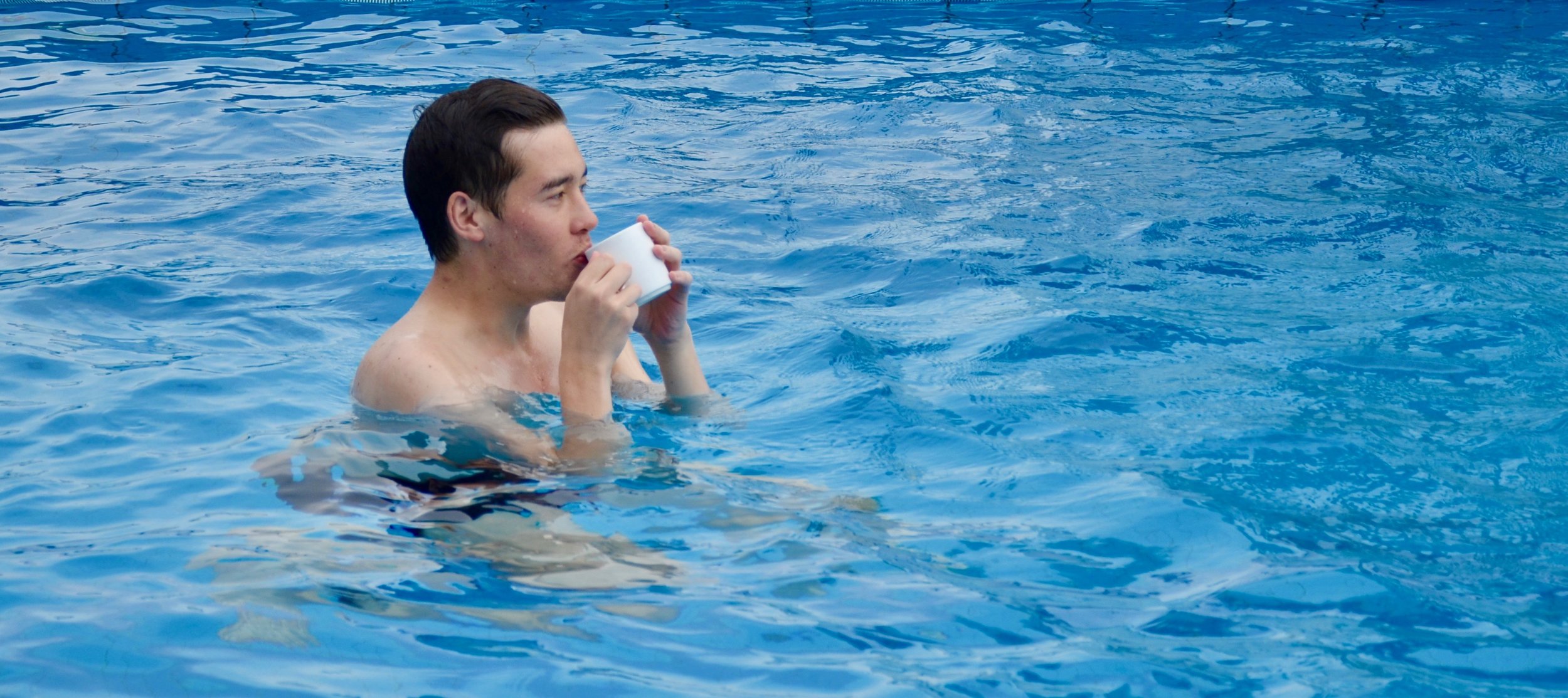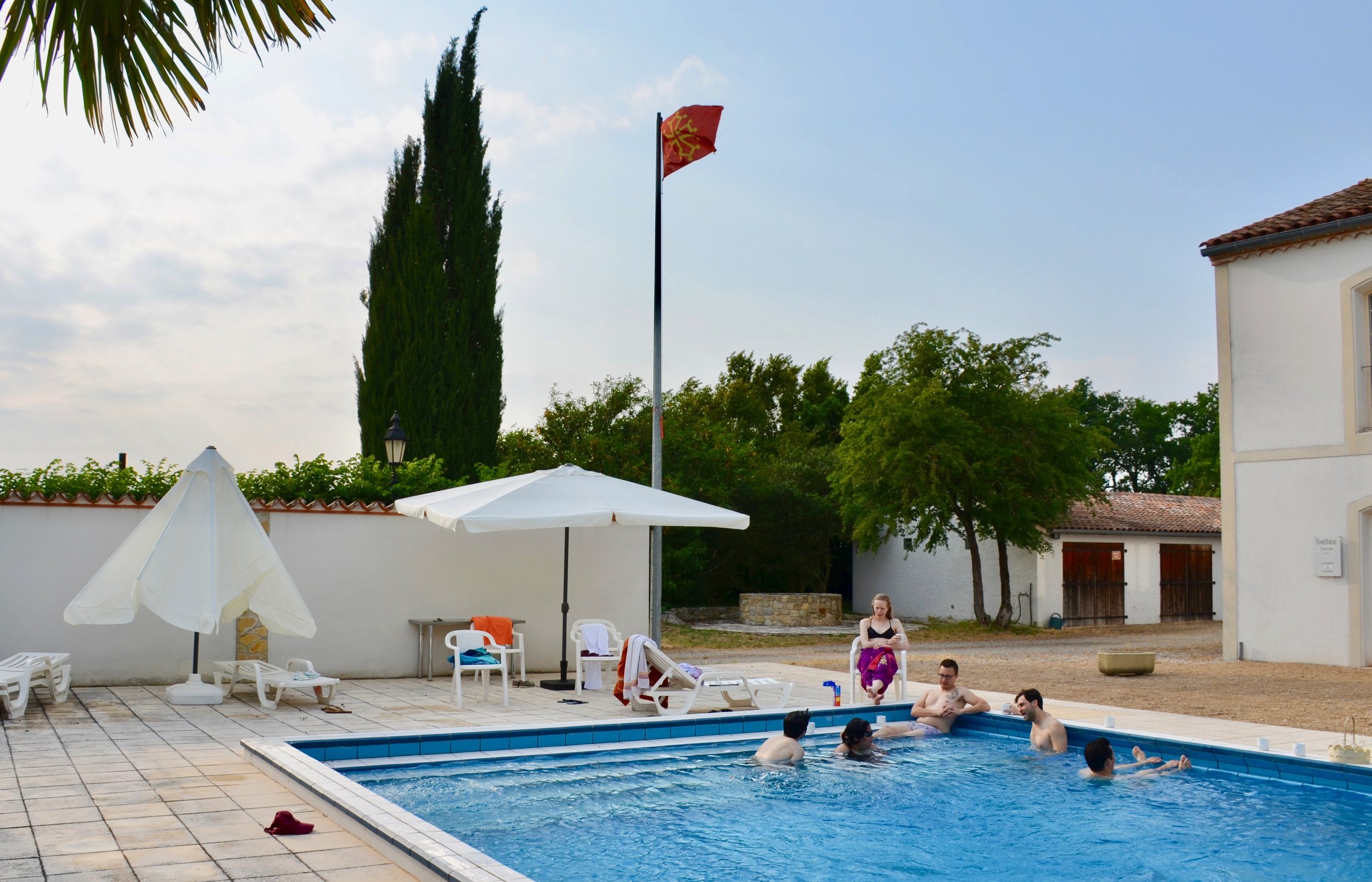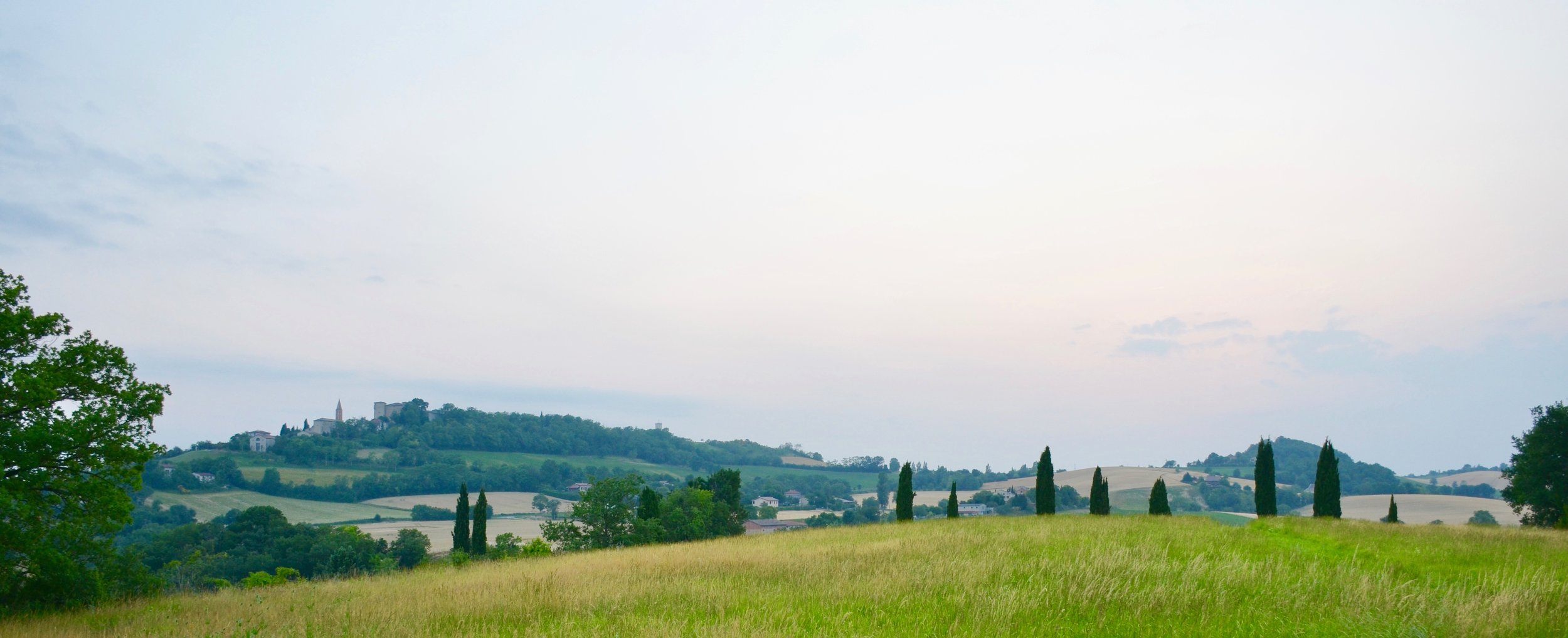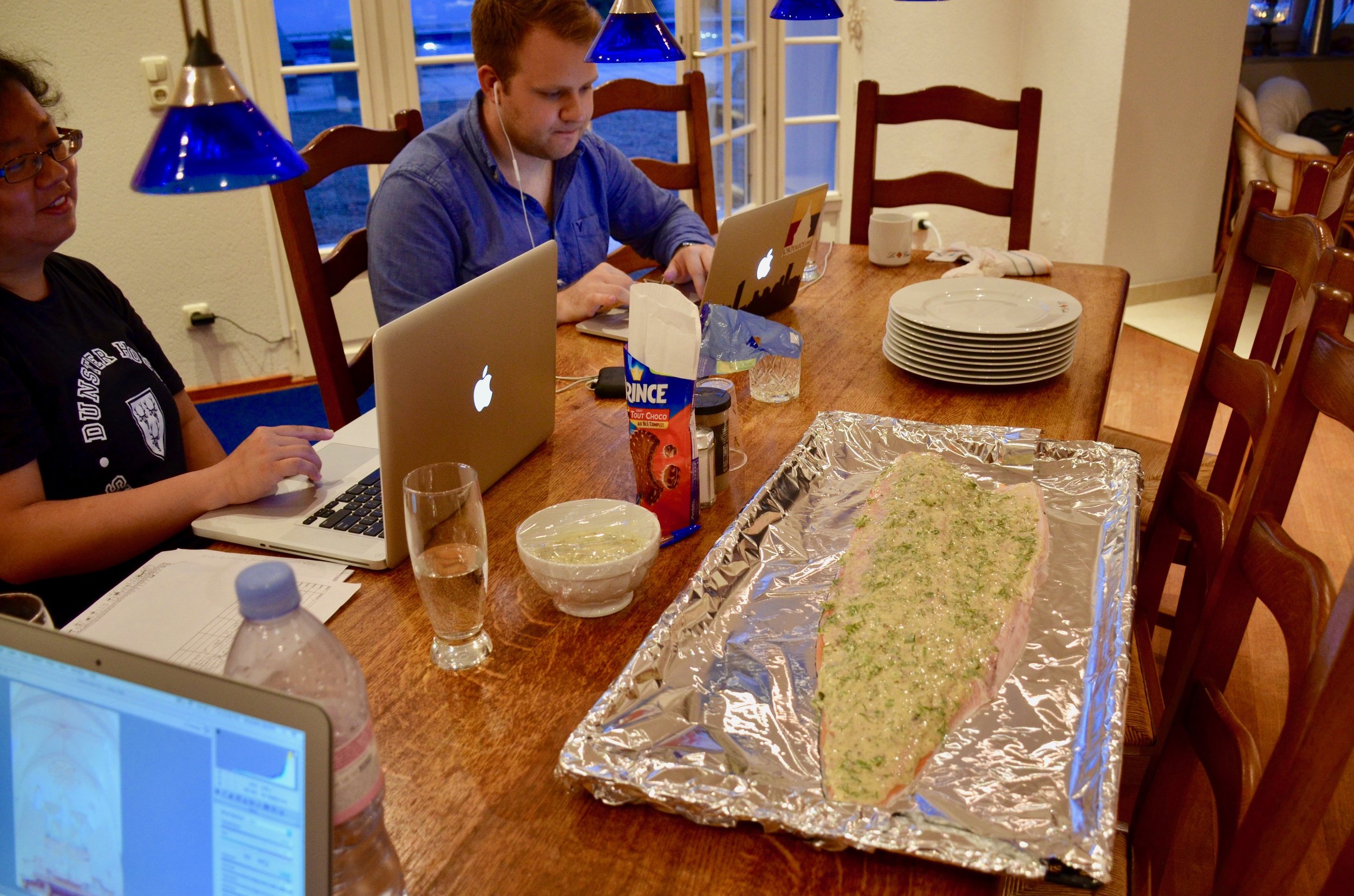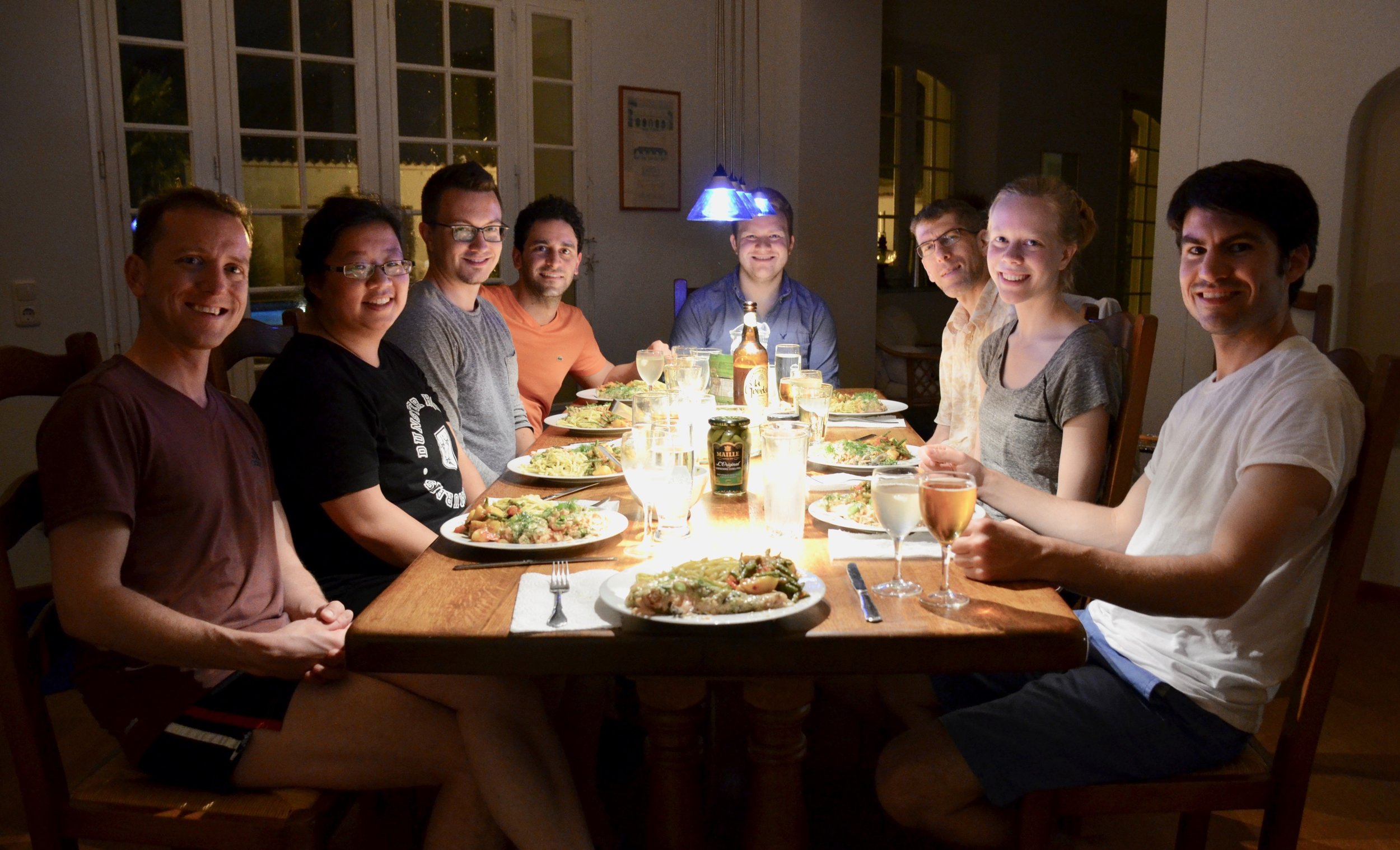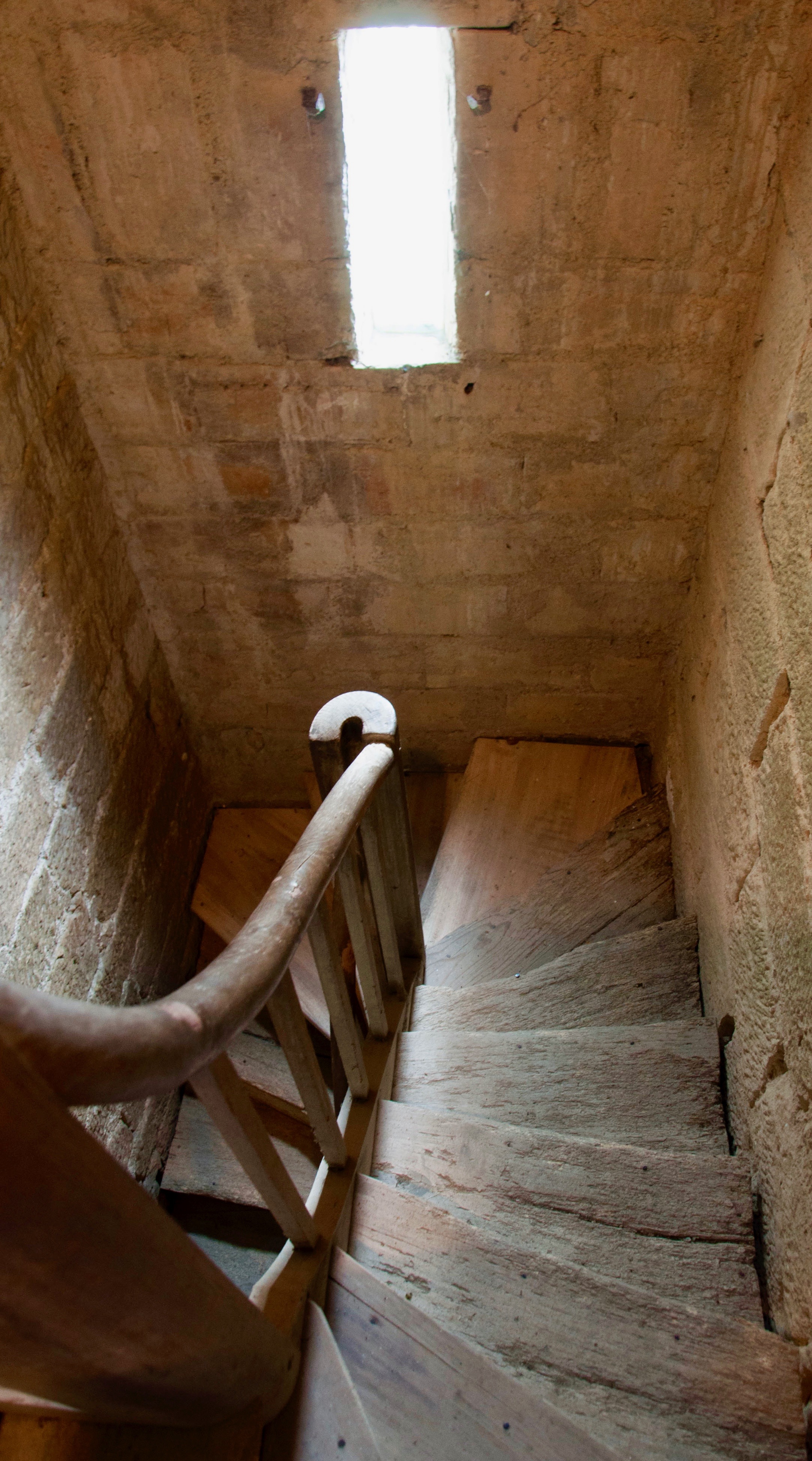Day 12: Last, but certainly not least
The phenomenal French Classical St. Felix-Lauragais organ built by Gregoire Rabiny.
by Chris Porter
After a grueling schedule in Toulouse, the group was relieved to not have to depart until 10:45 this morning and drive a mere 15 minutes to the fortified medieval hilltop town of St. Felix-Lauragais, where the Cathars held their first council in 1167. Today’s only destination, and the final stop on our tour of French organs, was the 14th century church in St. Felix. We were met outside the church by members of the local press, Voix du Midi and La Depeche du Midi, who were interested in the visit of nine Americans to this small French town, peppering our leader with questions and taking numerous photos. (We were saddened to have lost David, who needed to return to the States early.) We were also met by the town’s mayor; Jean-Christophe Haranque, president of the Association les amis de l'orgue Grégoire Rabiny de Saint-Félix-Lauragais, and titular organist Pierre Emmanuel Vaudiaux.
Boston Organ Studio in the Toulouse Press!
Laura Gullett, Jennifer Hsiao, and Brandon Santini pump the bellows of the French Classical instrument in St. Felix-Lauragais.
The church’s organ, commissioned in 1781 and built by Gregoire Rabiny, is classified as a Historic Monument. With a full complement of reeds, mixtures (including a 7-rank plein jeu on the Positiv), and foundation stops, it provided a rich sound for our deGrigny, Marchand, and Couperin favorites which by now are becoming well known to the group. An abbreviated pedalboard, however, limited our choice of literature or forced on-the-fly octave transposition. Looking for a change of pace, we found a large pile of music next to the organ and pulled out a book of Mozart, exploring the textures of the various flutes that would have been used for this music long after the French Classical (Baroque) era composers had fallen out of favor. We then marveled at the history surrounding this organ and church, including 350-year-old graffiti in the bellows chamber and piles of ancient scores of square-note chant. The organist gave us a guided tour of the insides of the organ which were in remarkably good condition following a recent restoration. We concluded our historical evaluation by turning off the electric motor and taking turns at lifting the bellows while our companions improvised.
Boston Organ Studio Pool Party!
After leaving the church we enjoyed the panoramic view of the Lauragais plain from the outlook by the 12th-century chateau that now houses the local tourism office. On a clear day, the Pyrenees would have been visible as well. We then enjoyed a twisting drive down lanes barely wide enough for a single car through fields of wheat and sunflower (not yet in bloom). For the rest of the afternoon and evening we were able to fully enjoy our amazing villa. Cloud cover and a brisk breeze kept the climate reasonably comfortable today, and the pool served to abate whatever heat remained.
